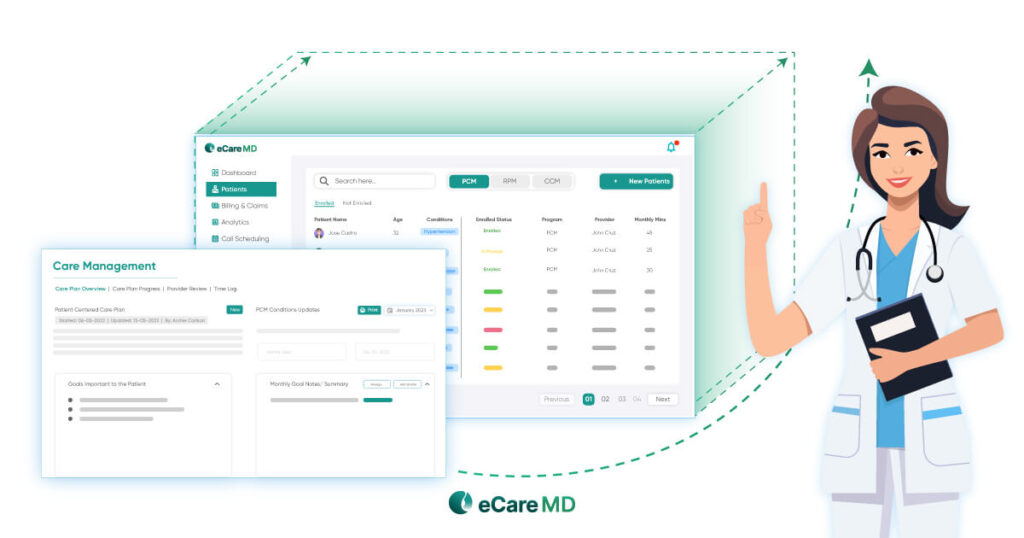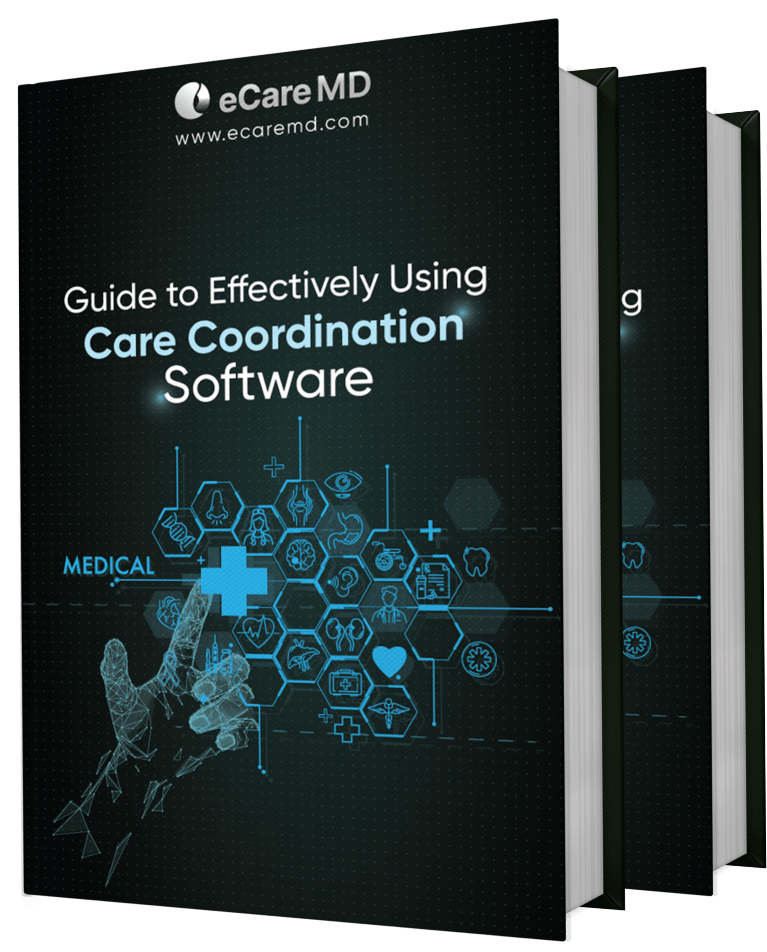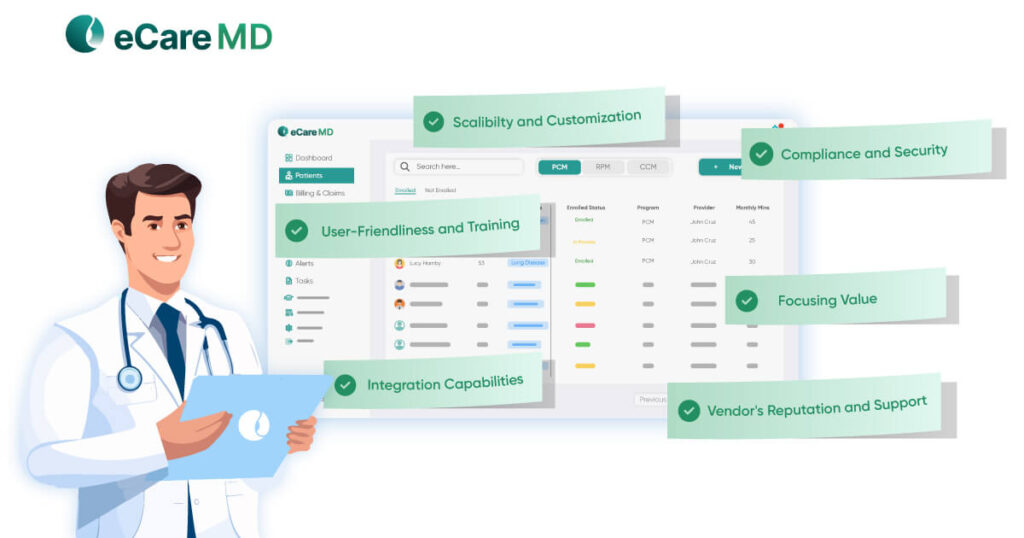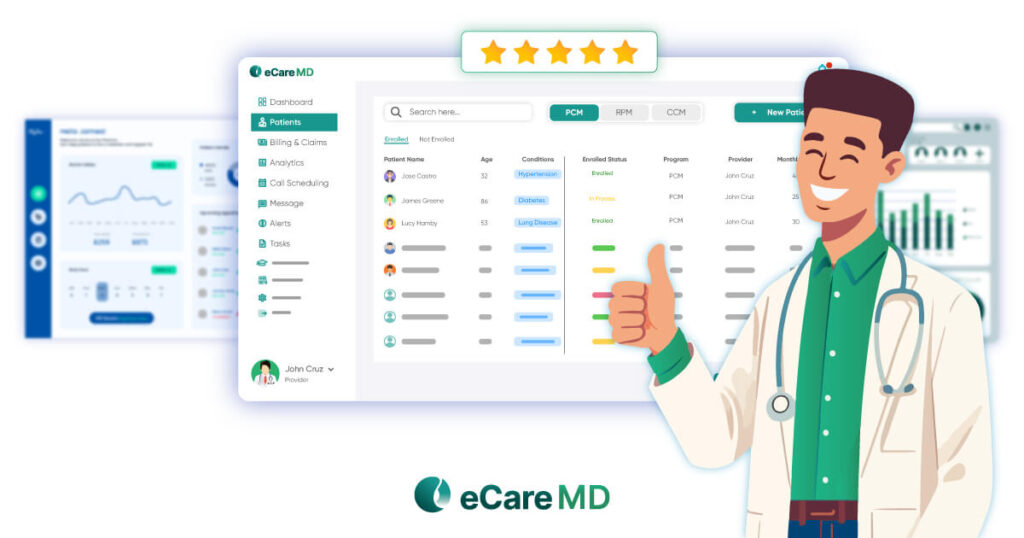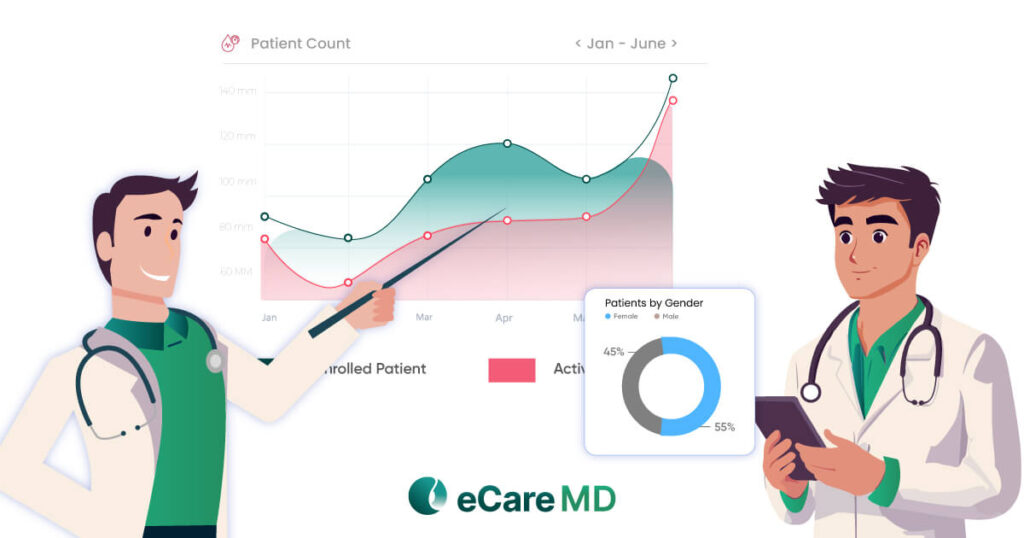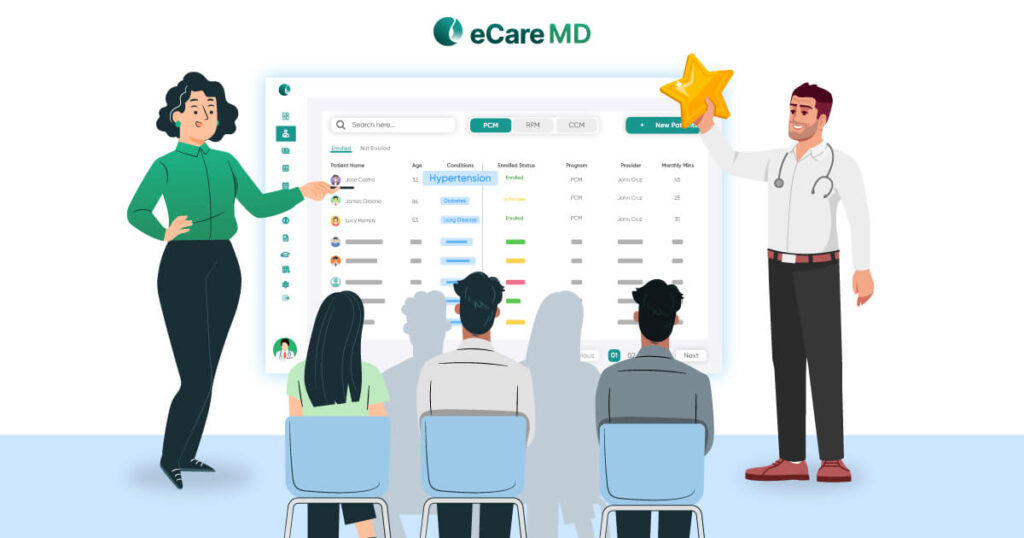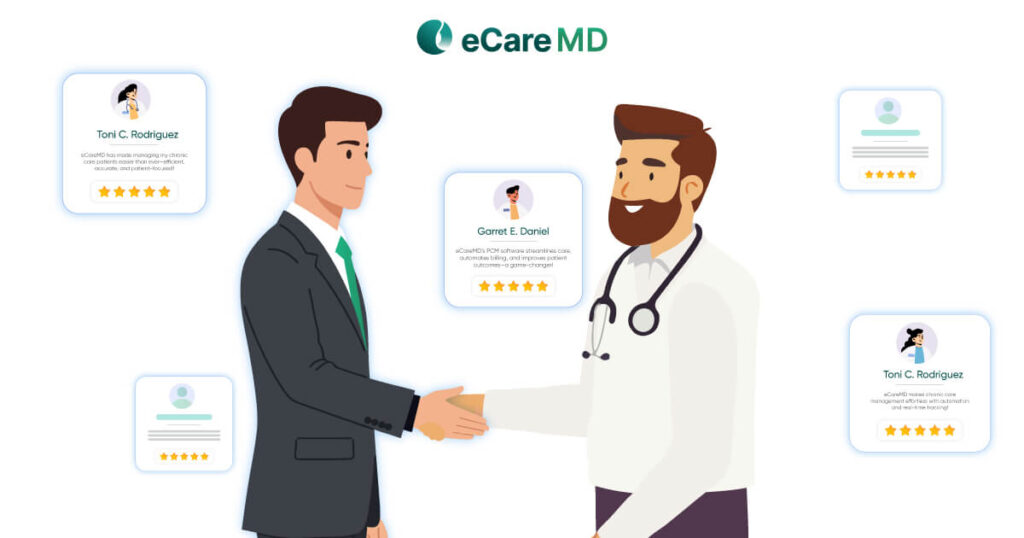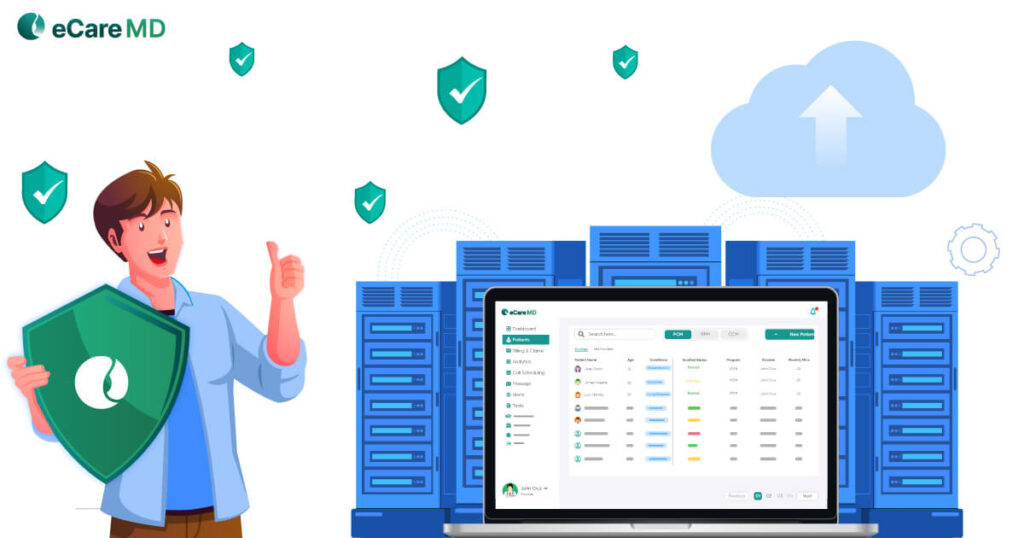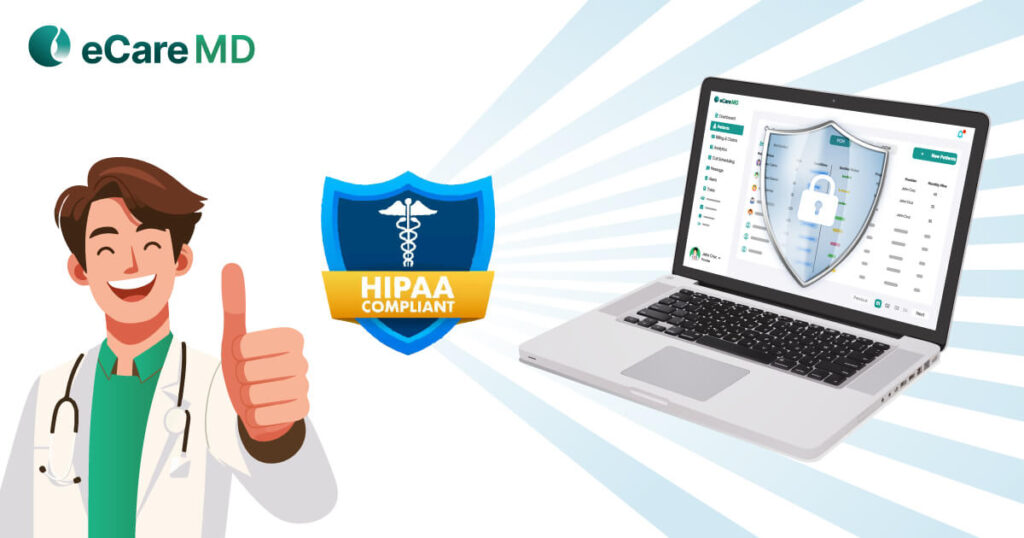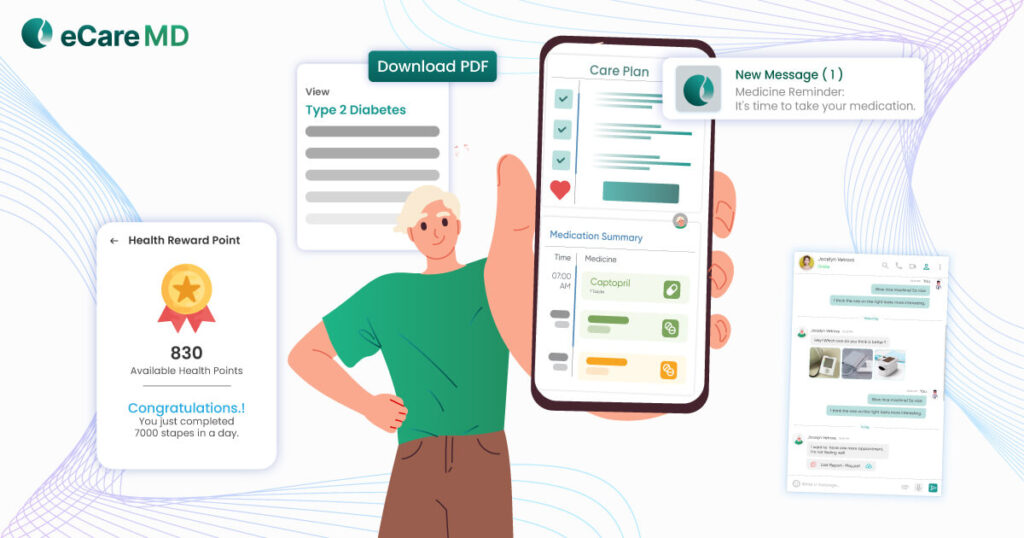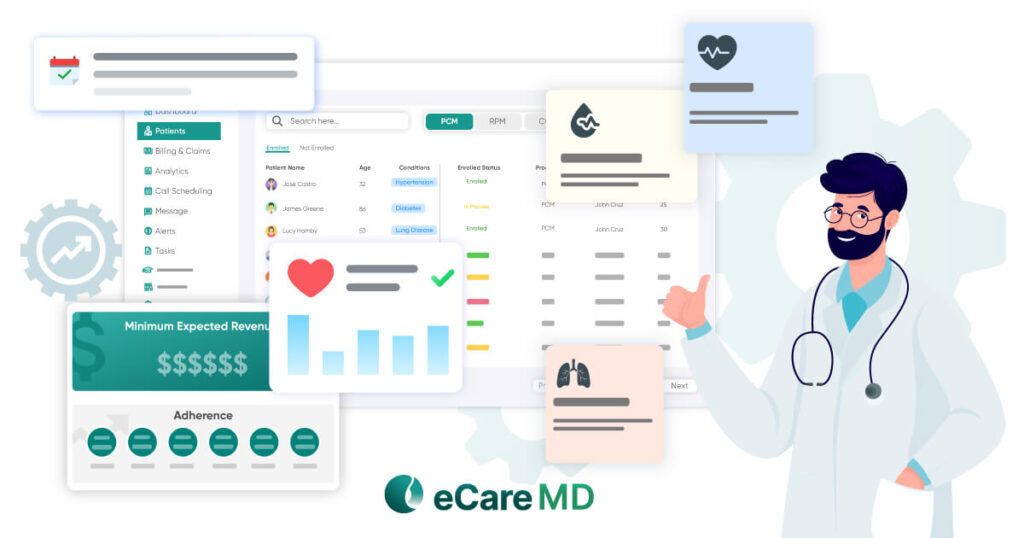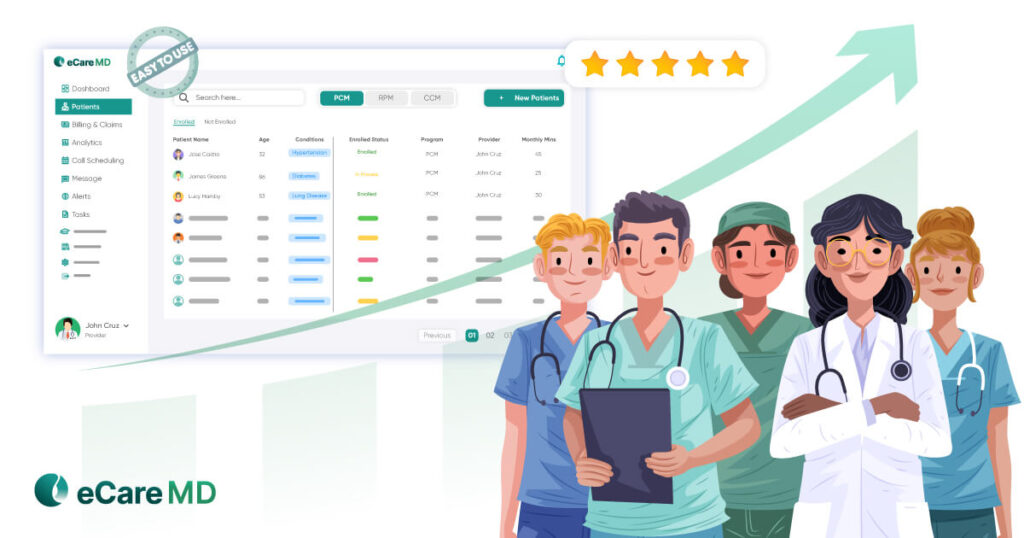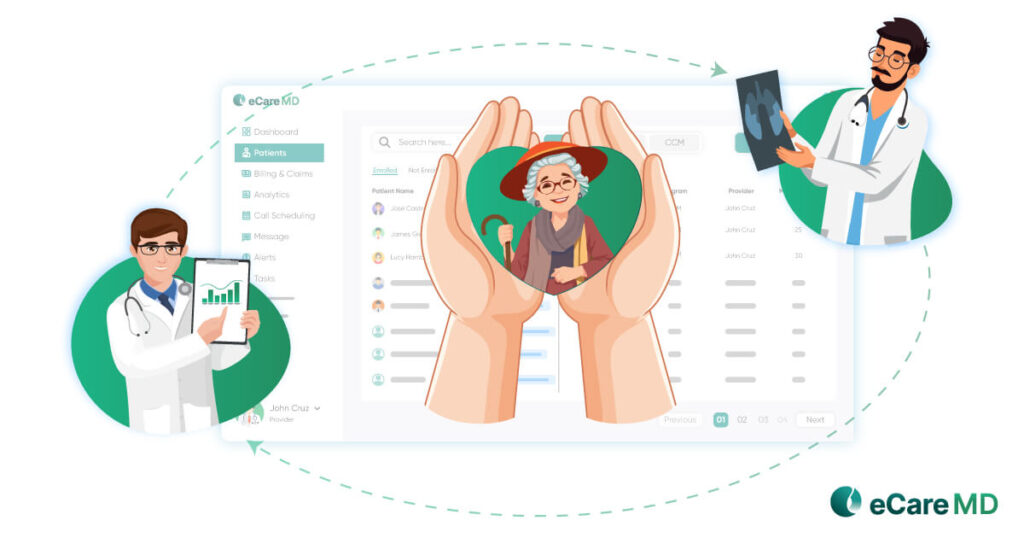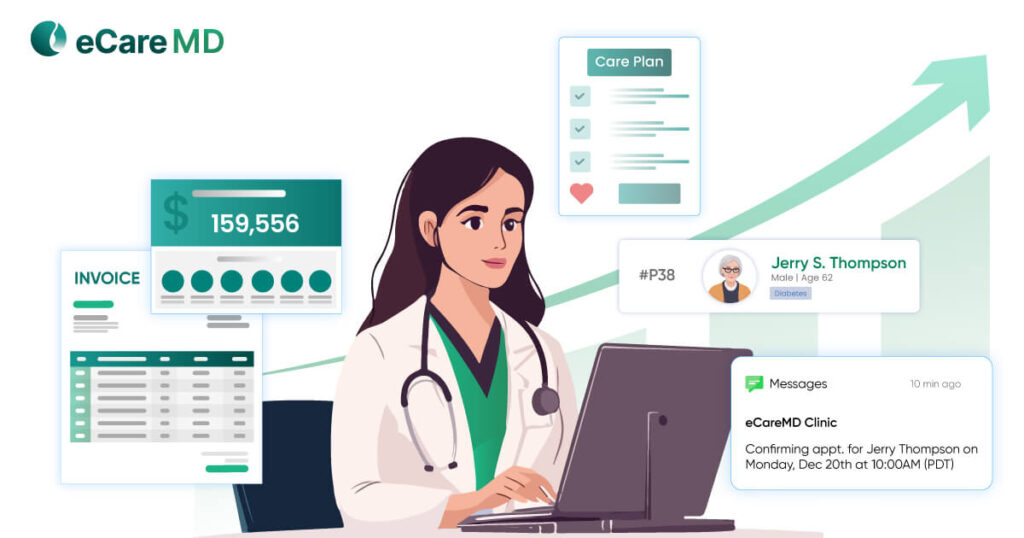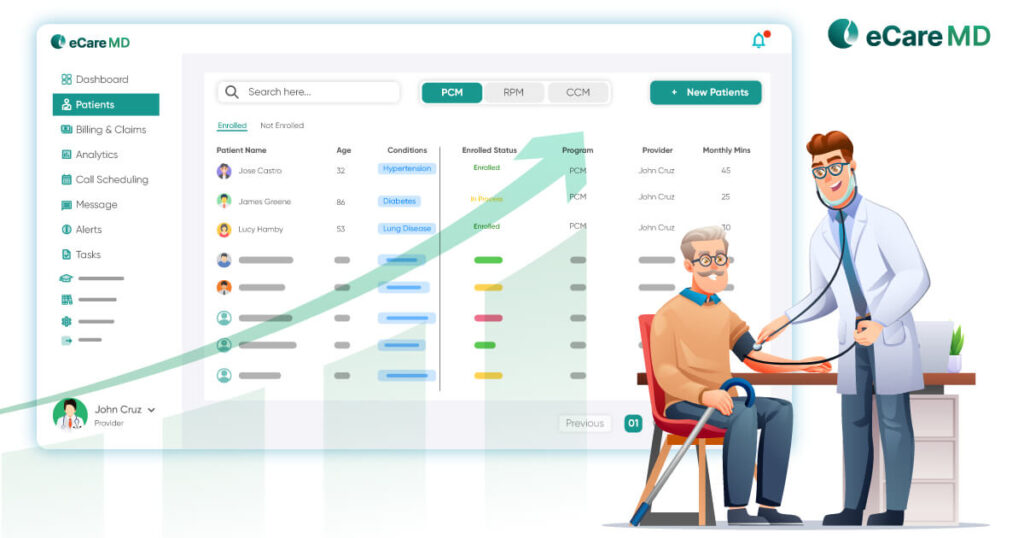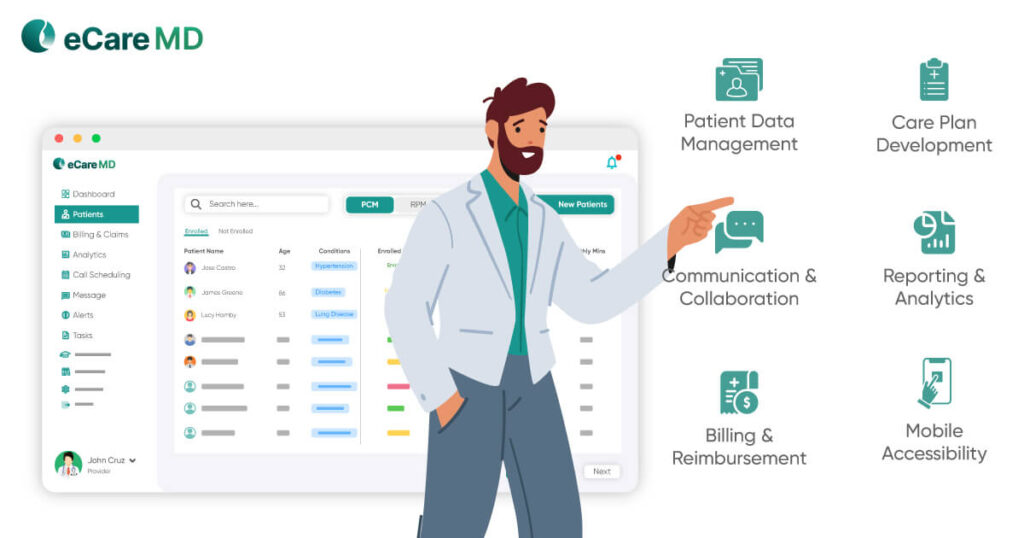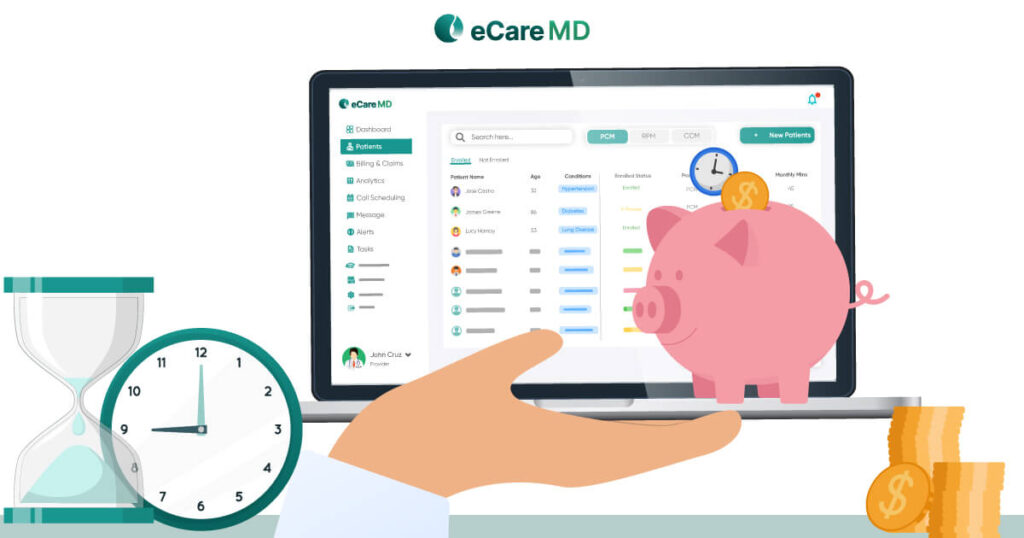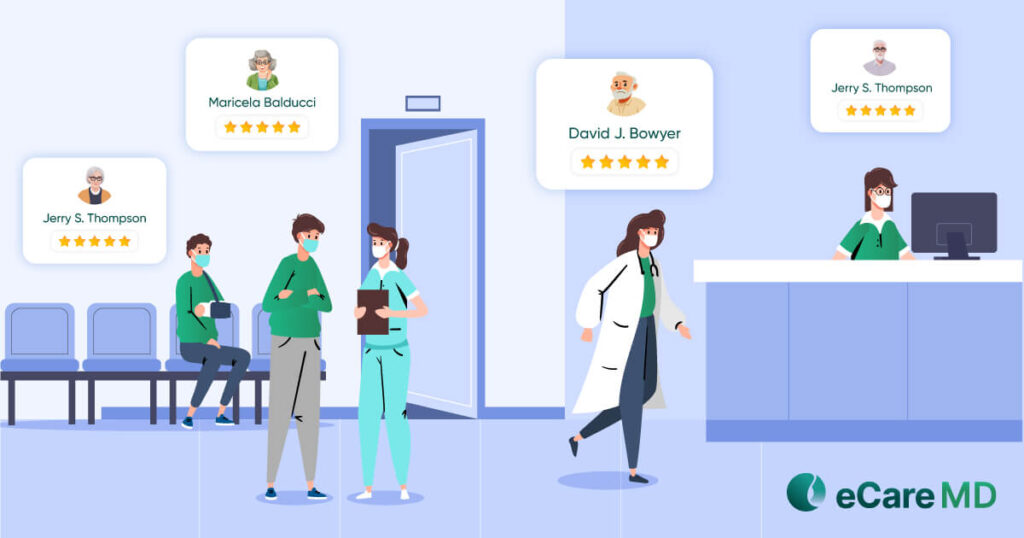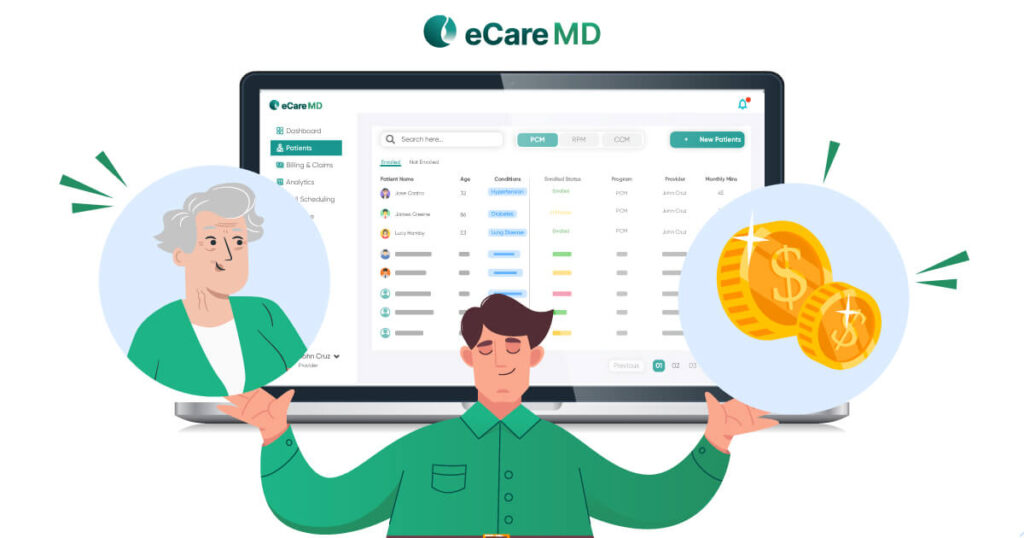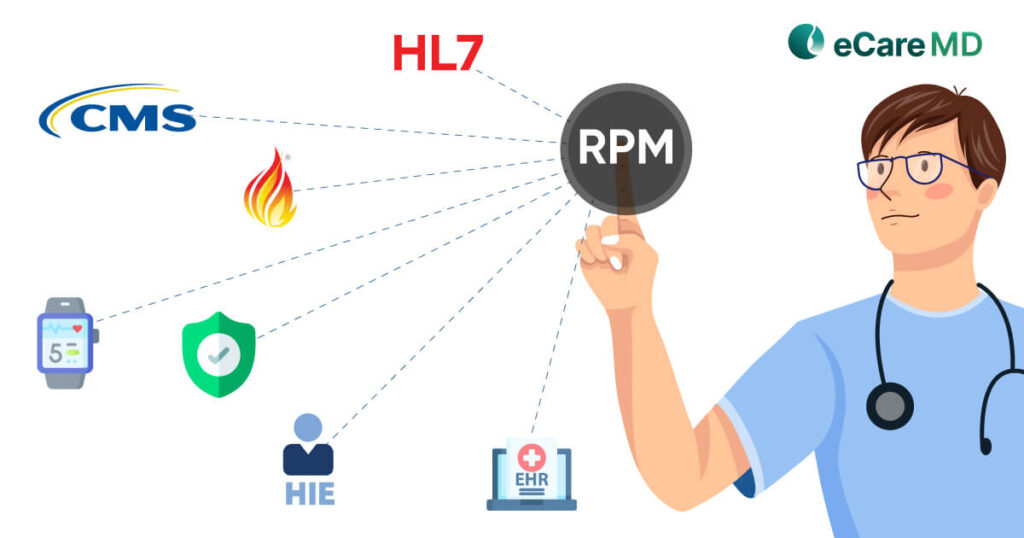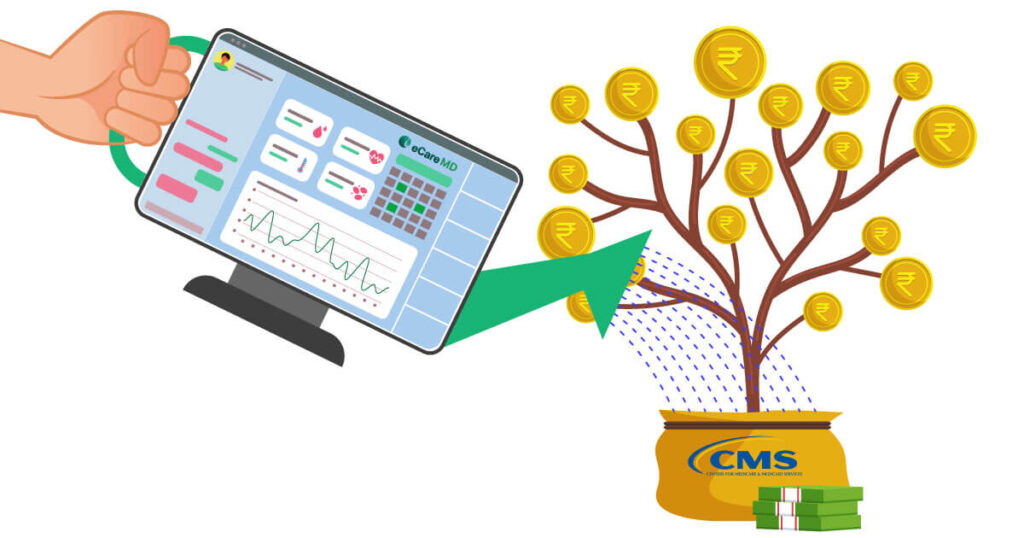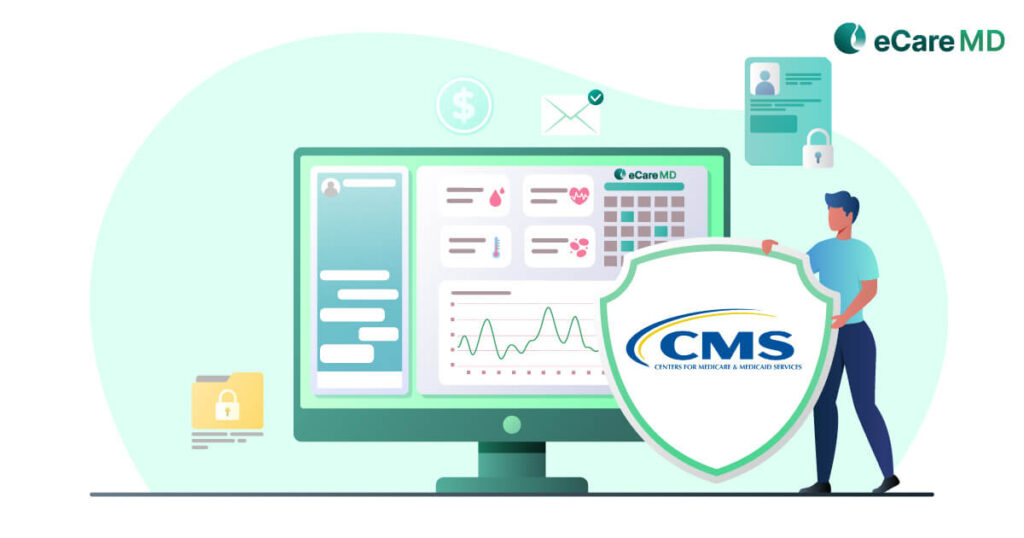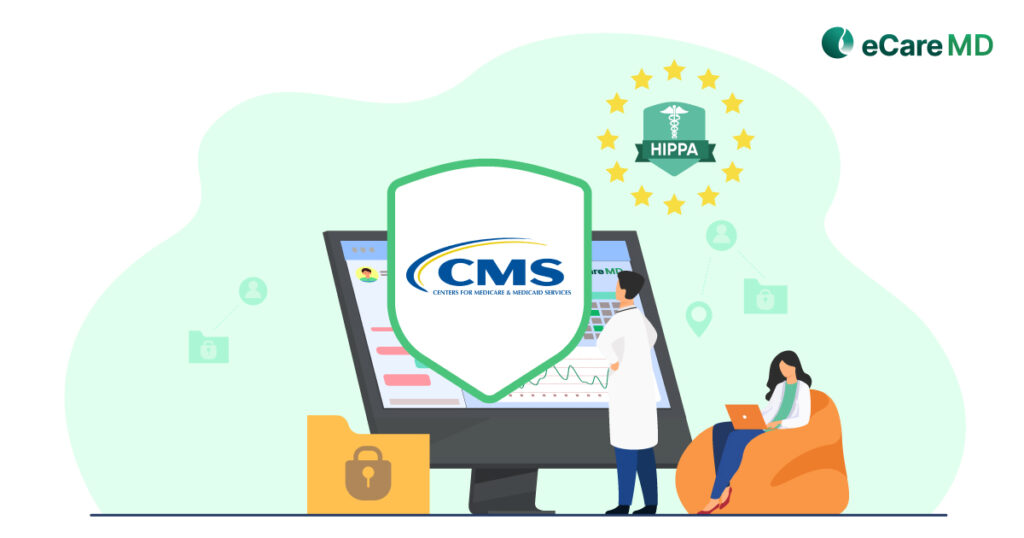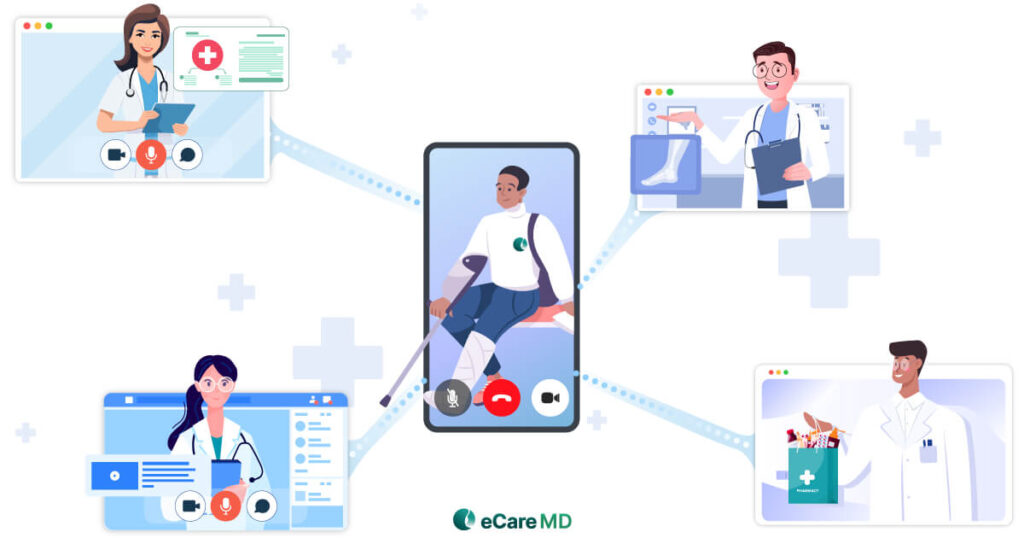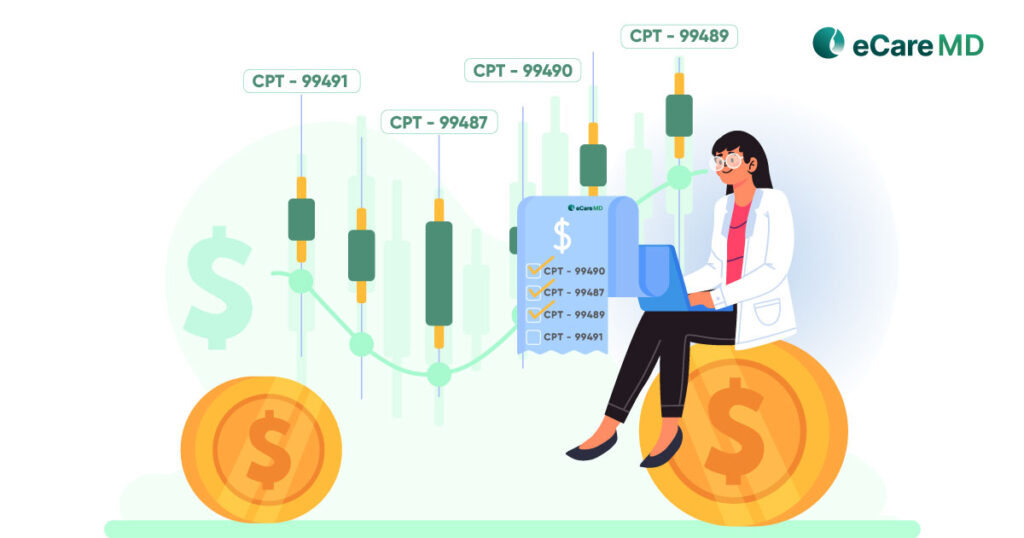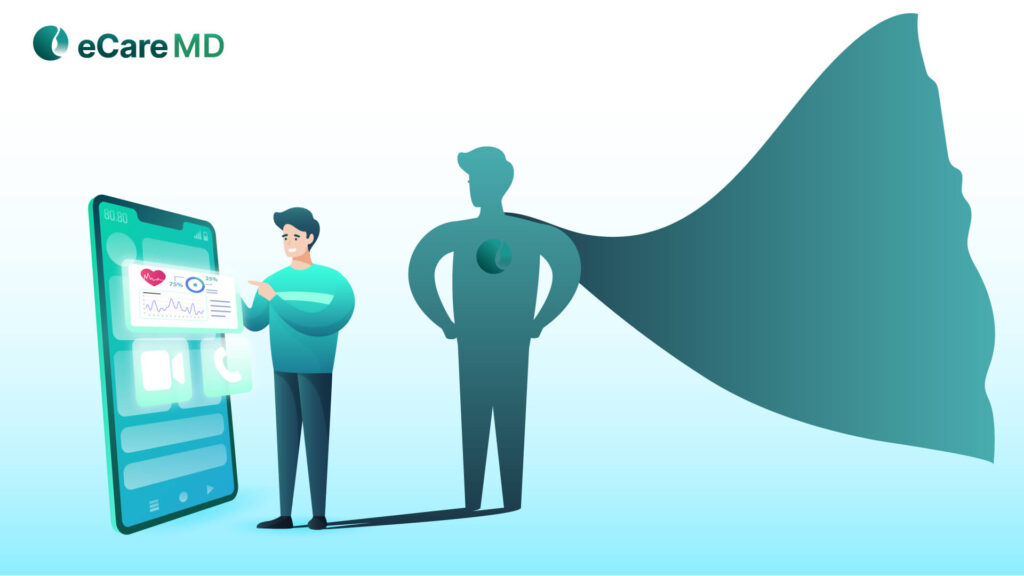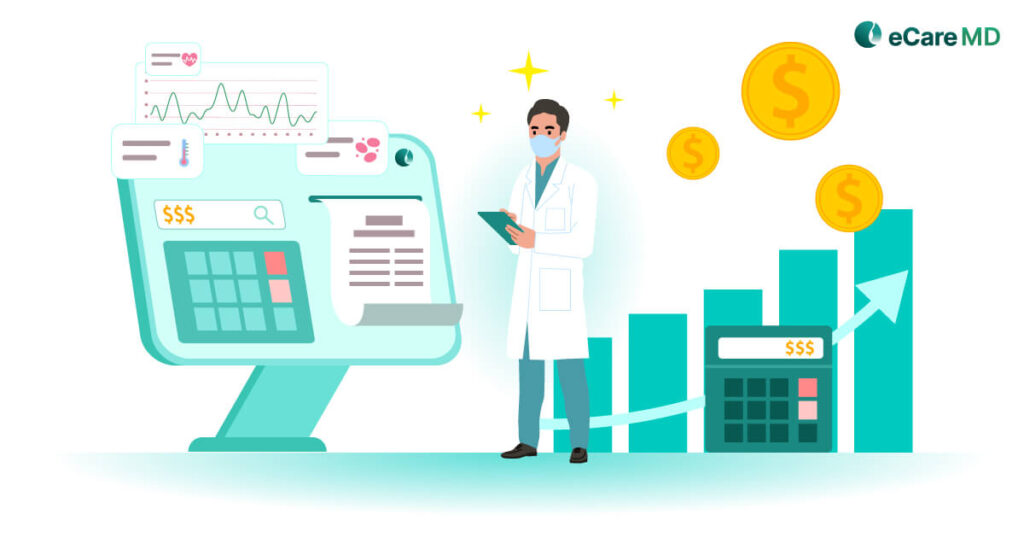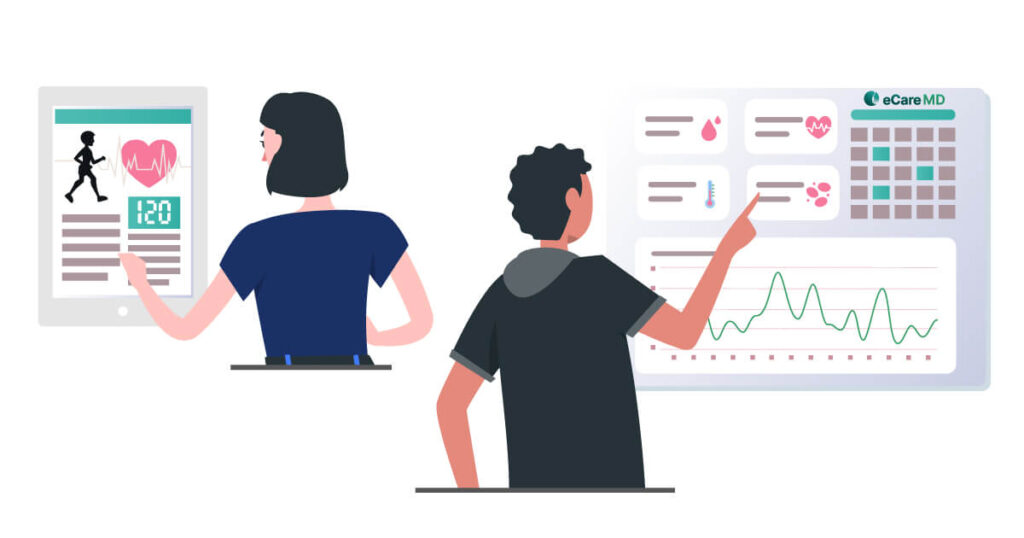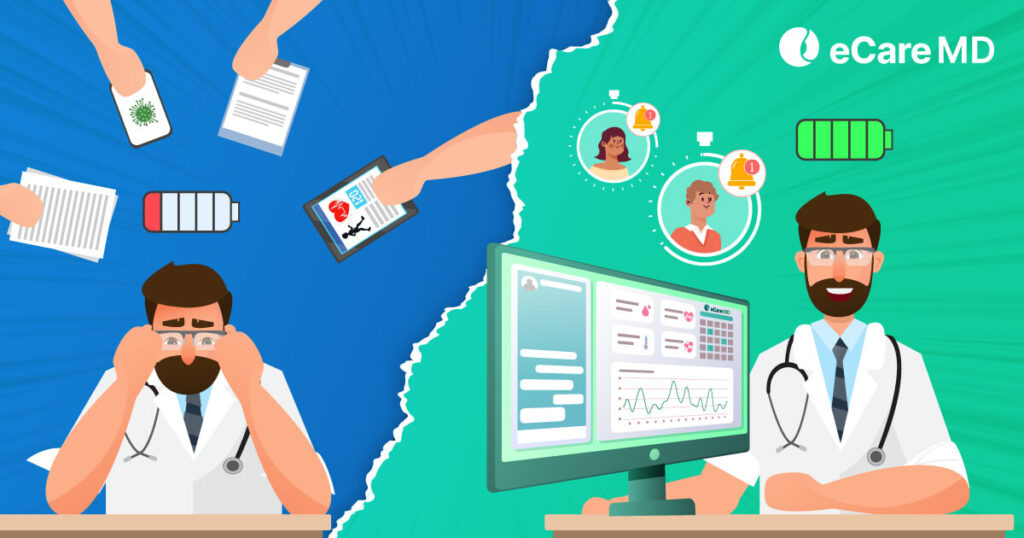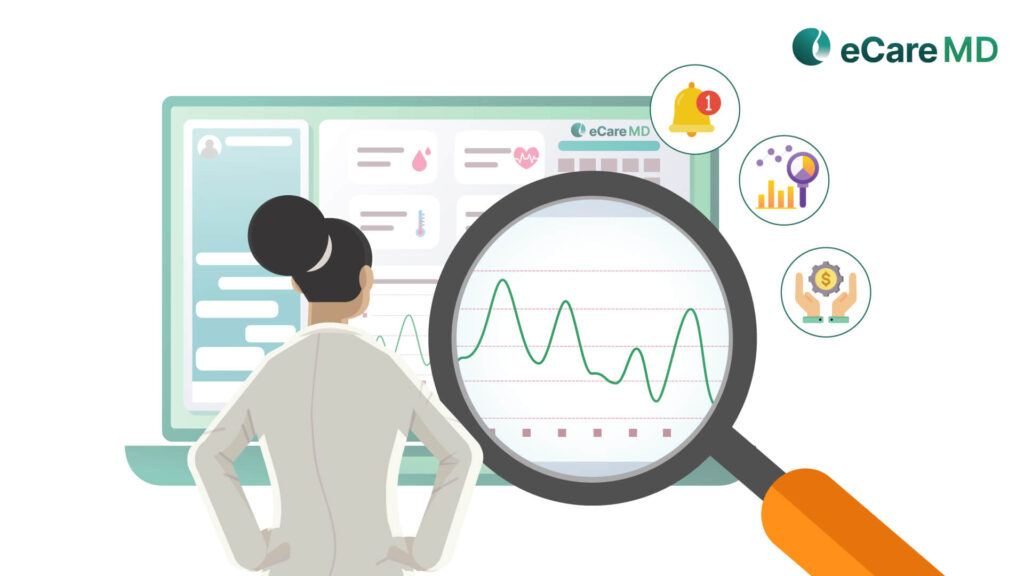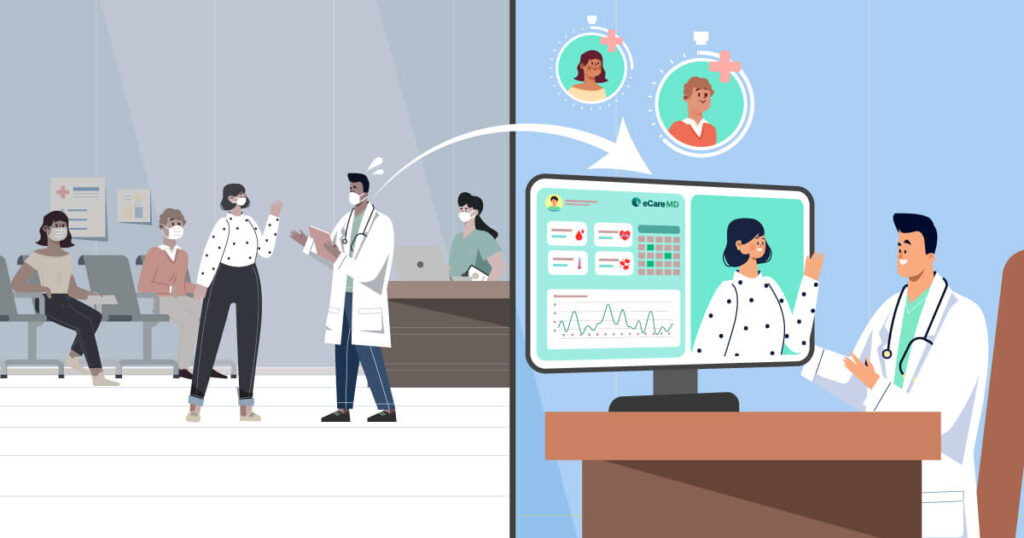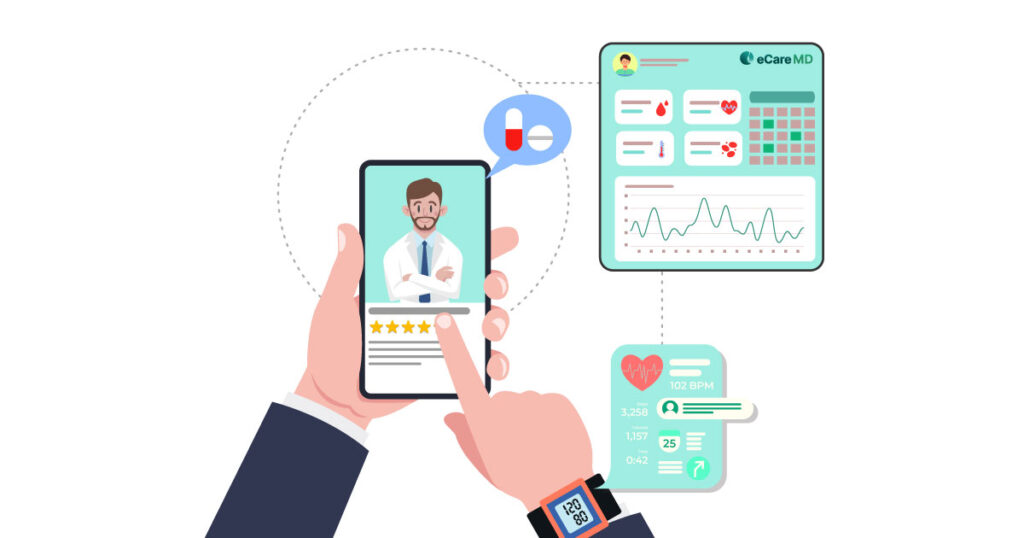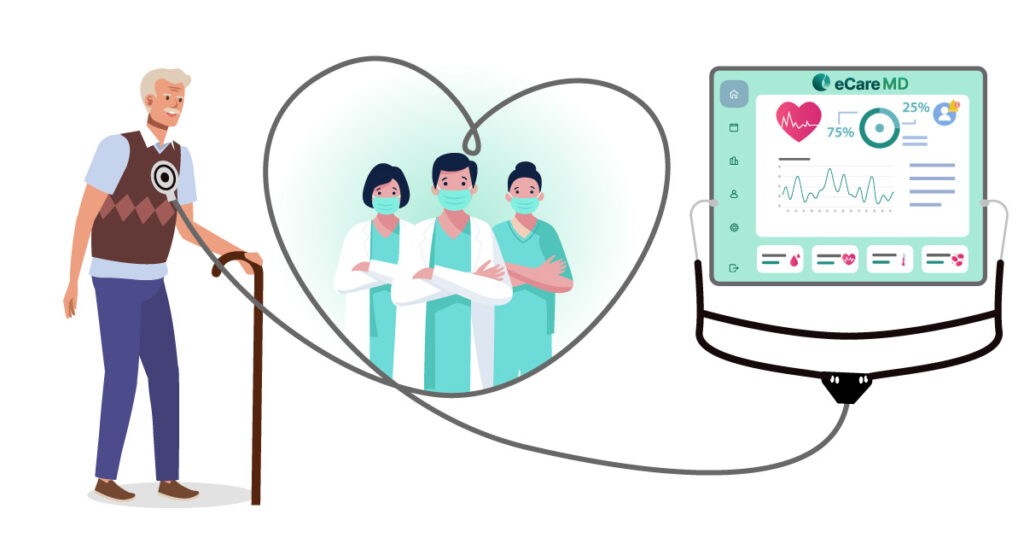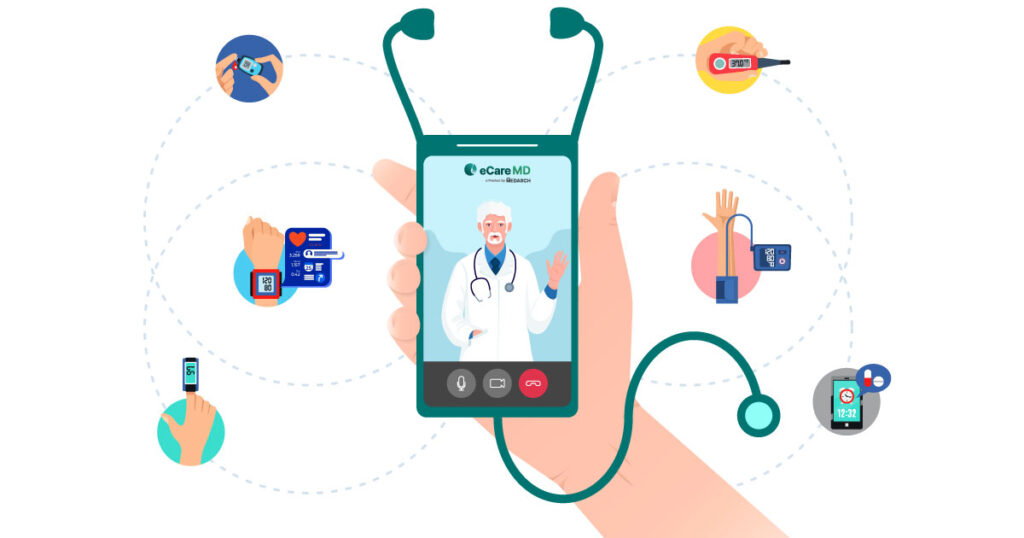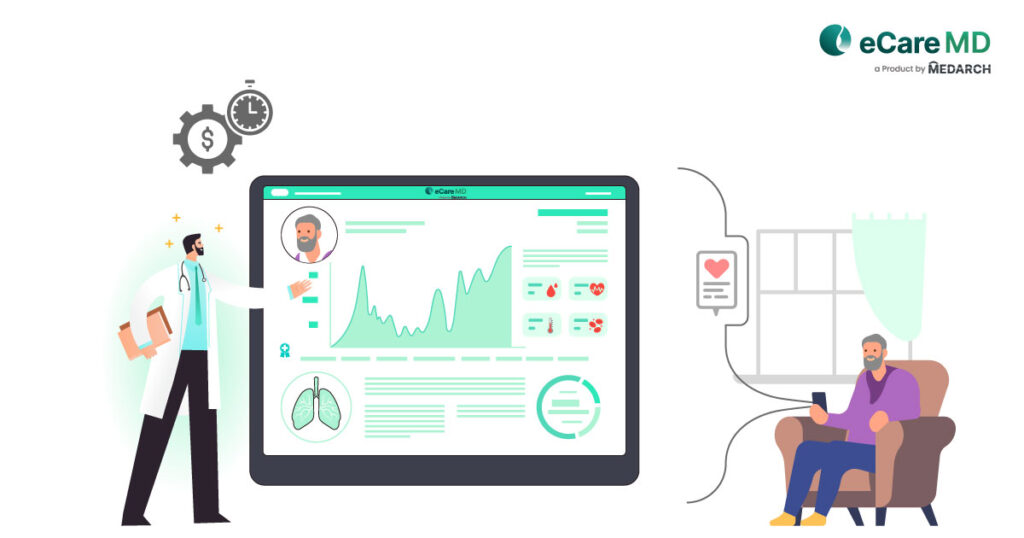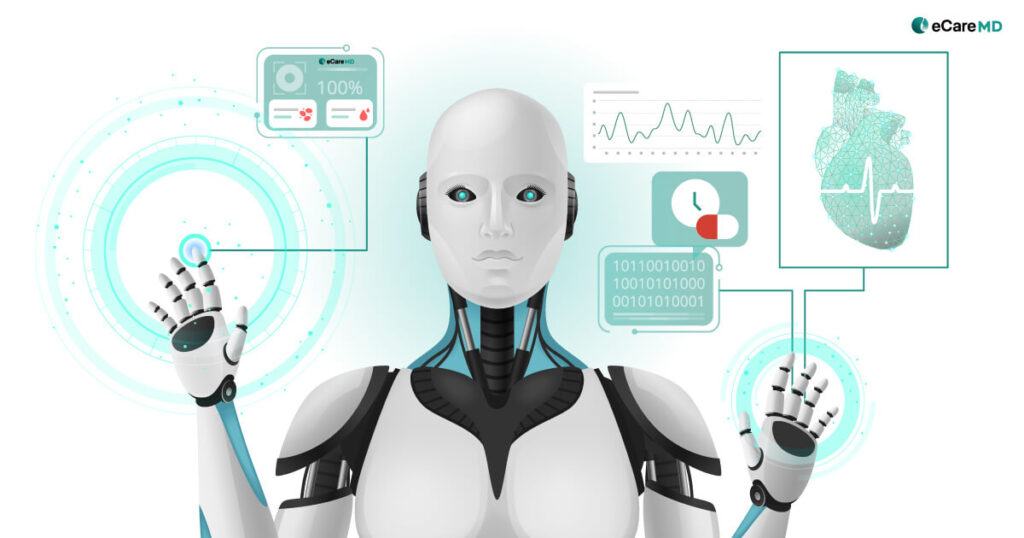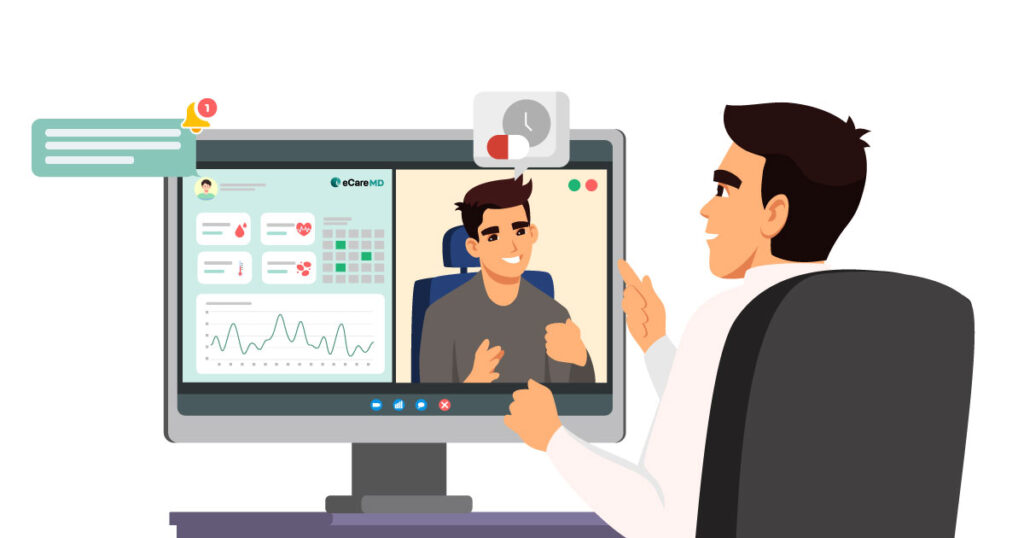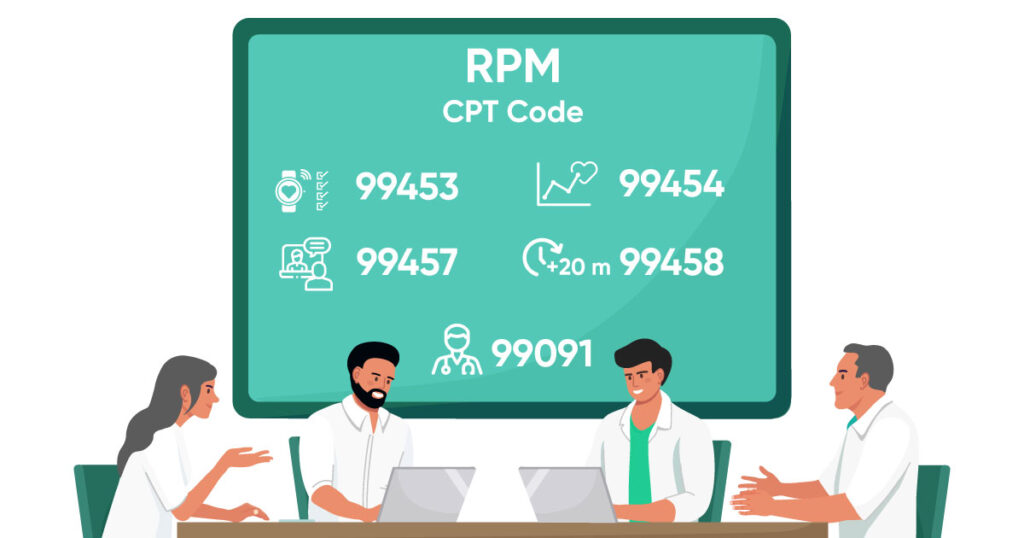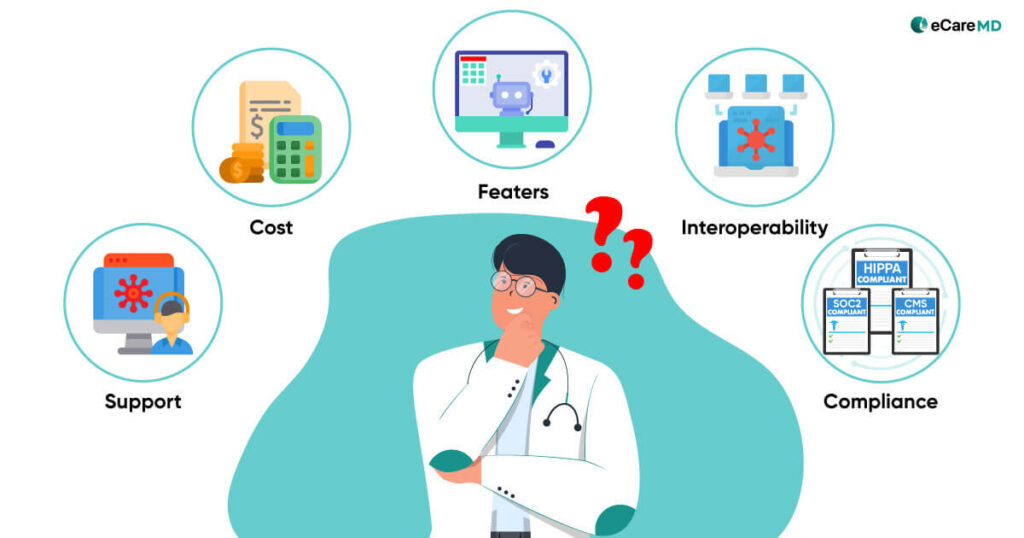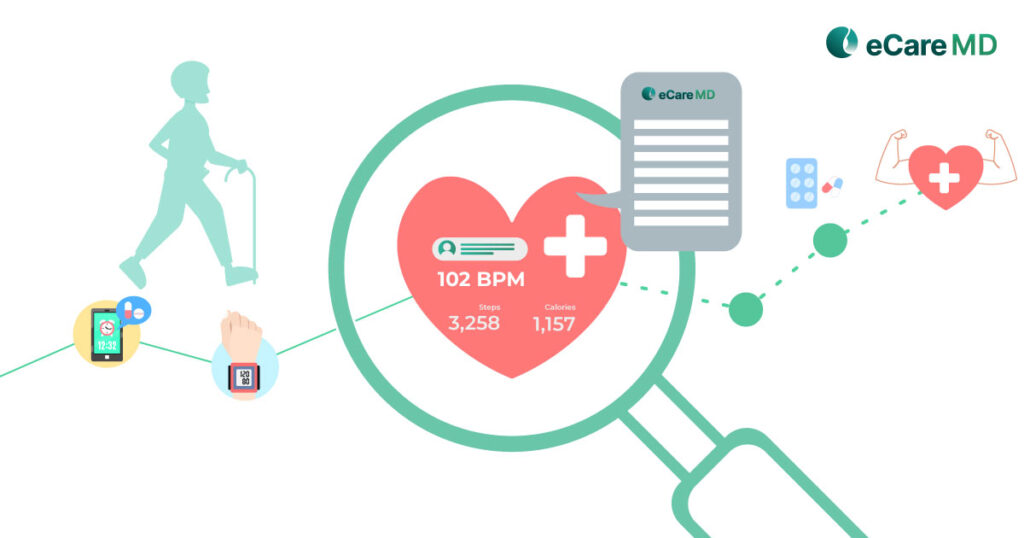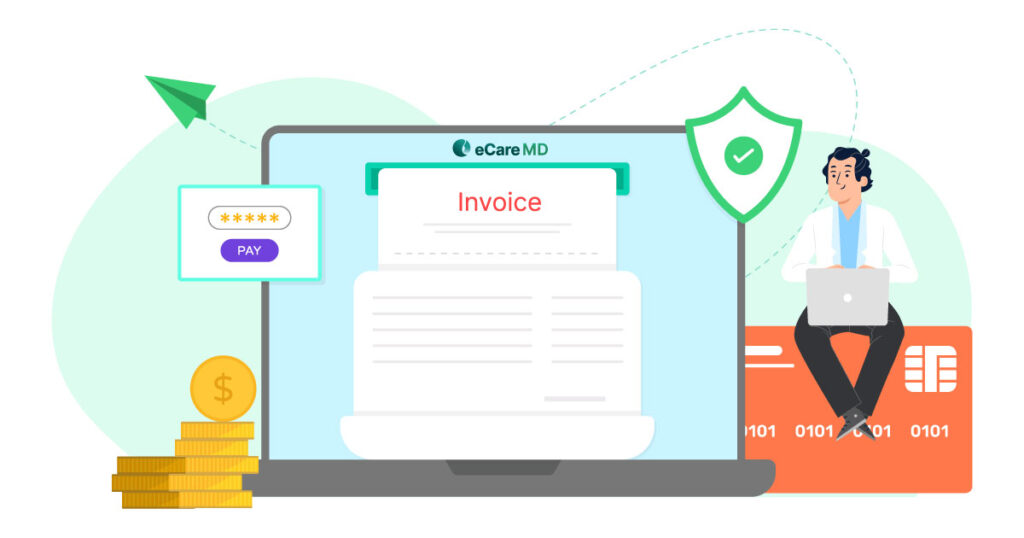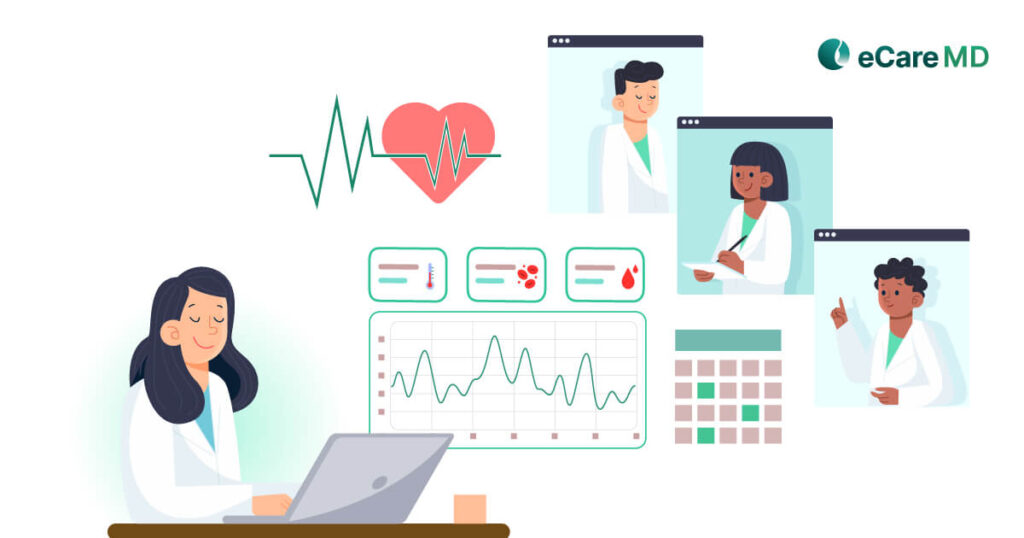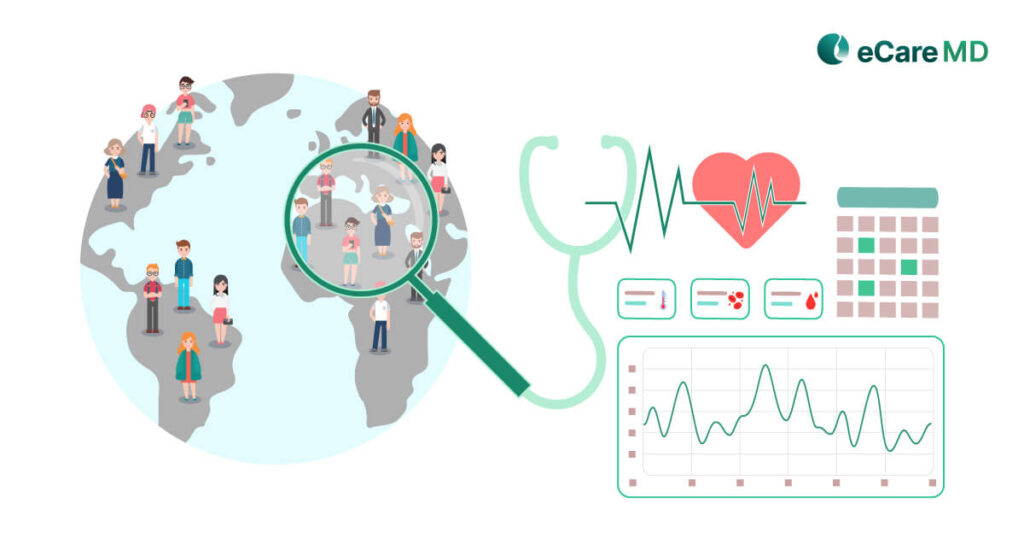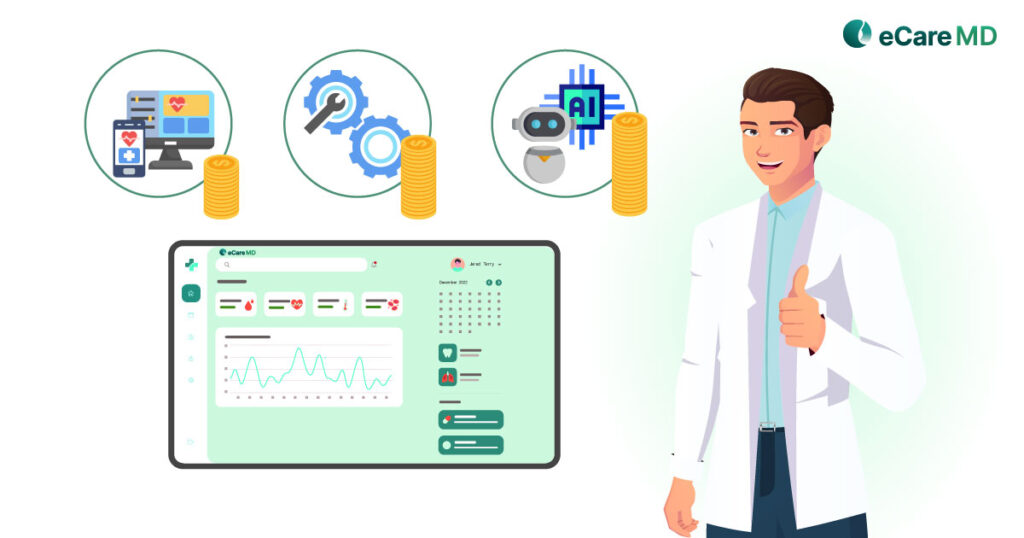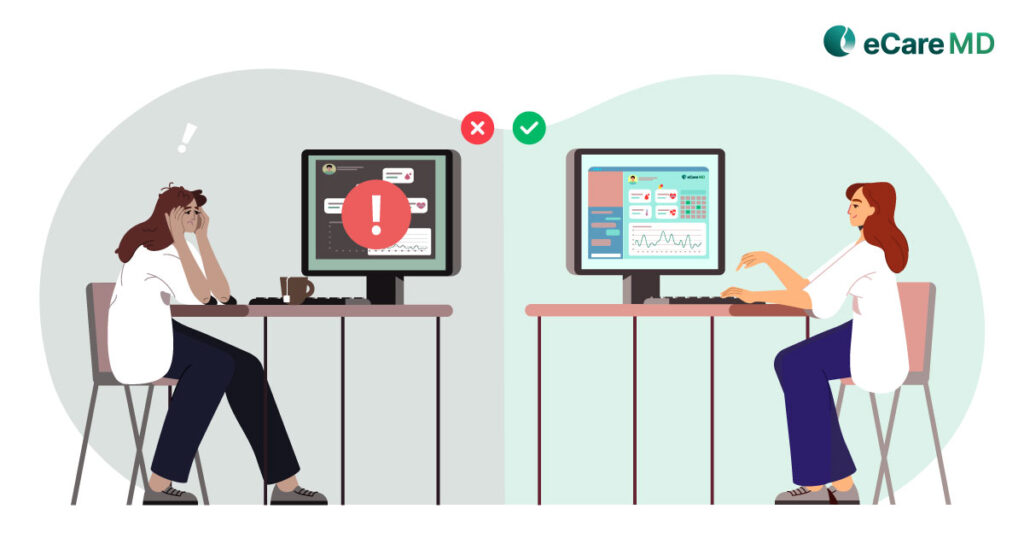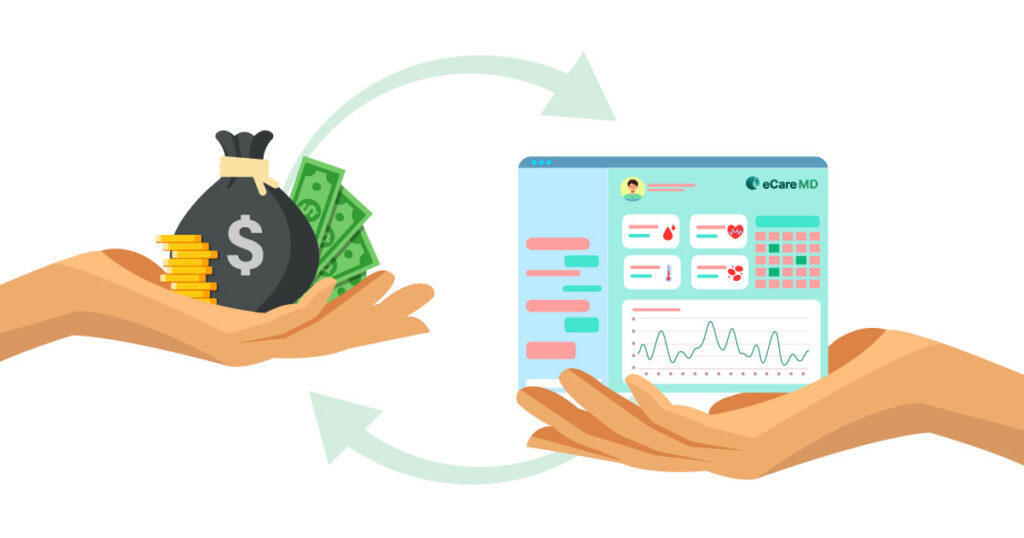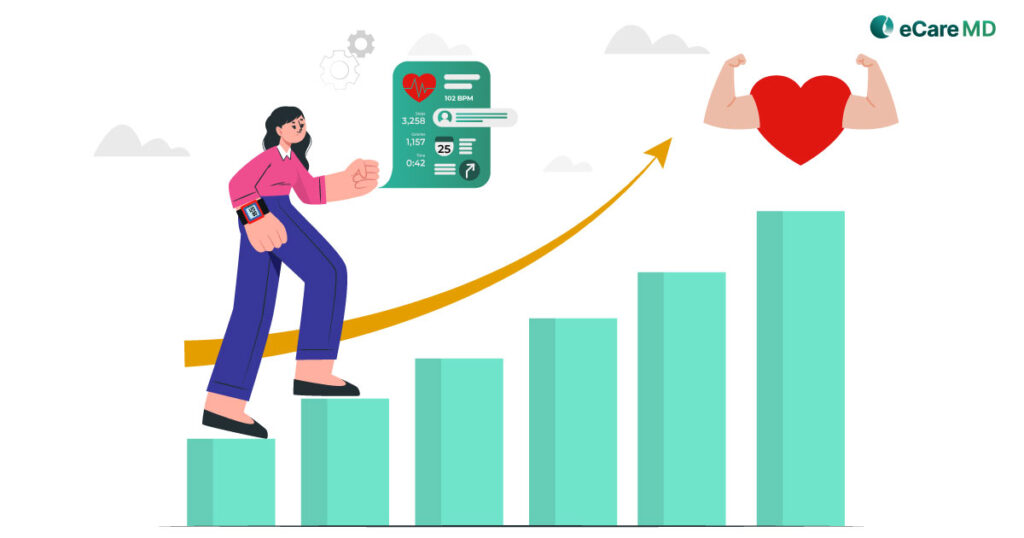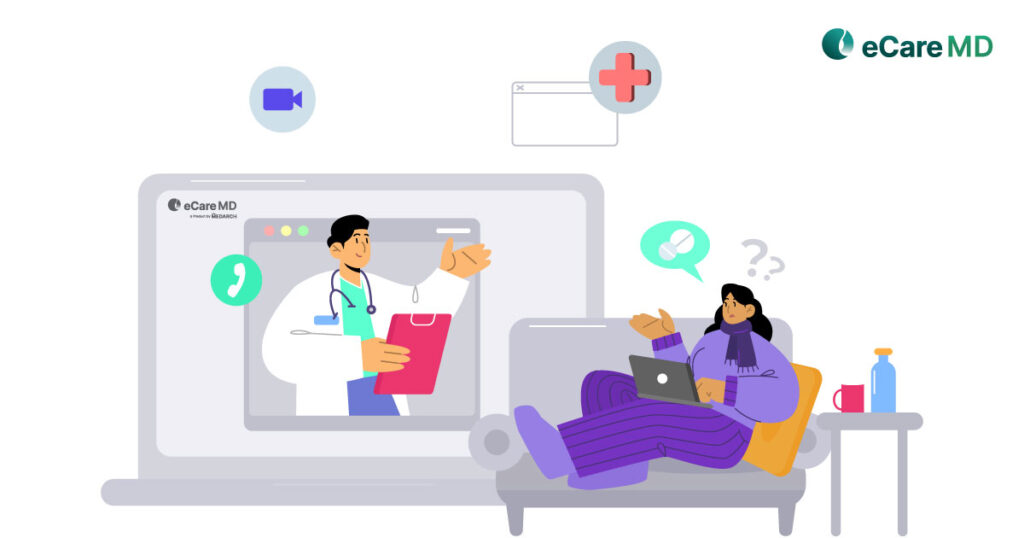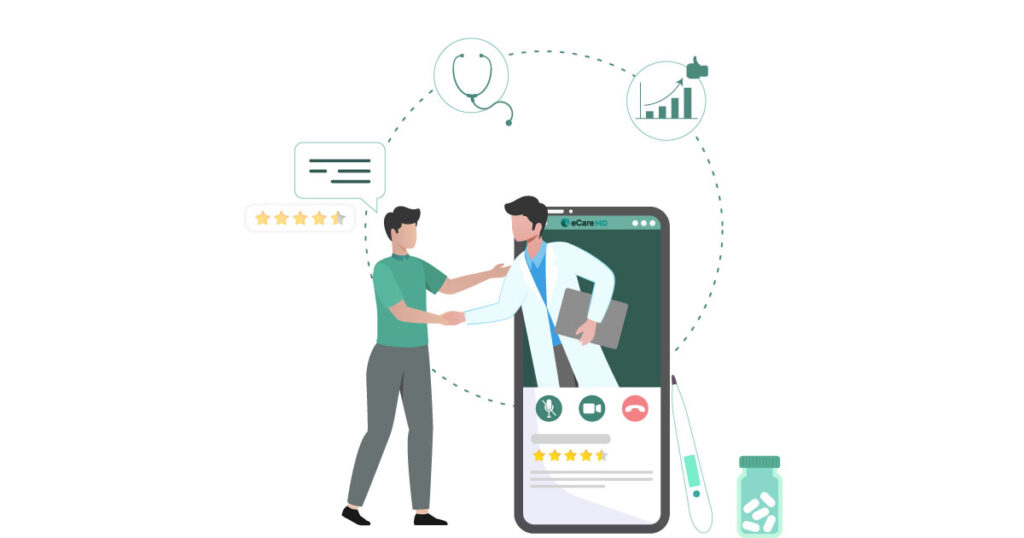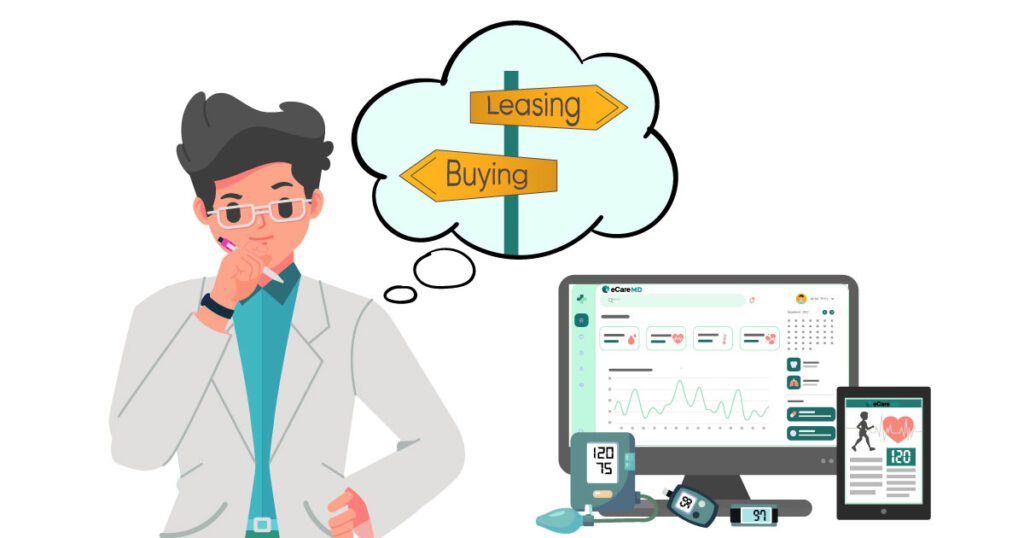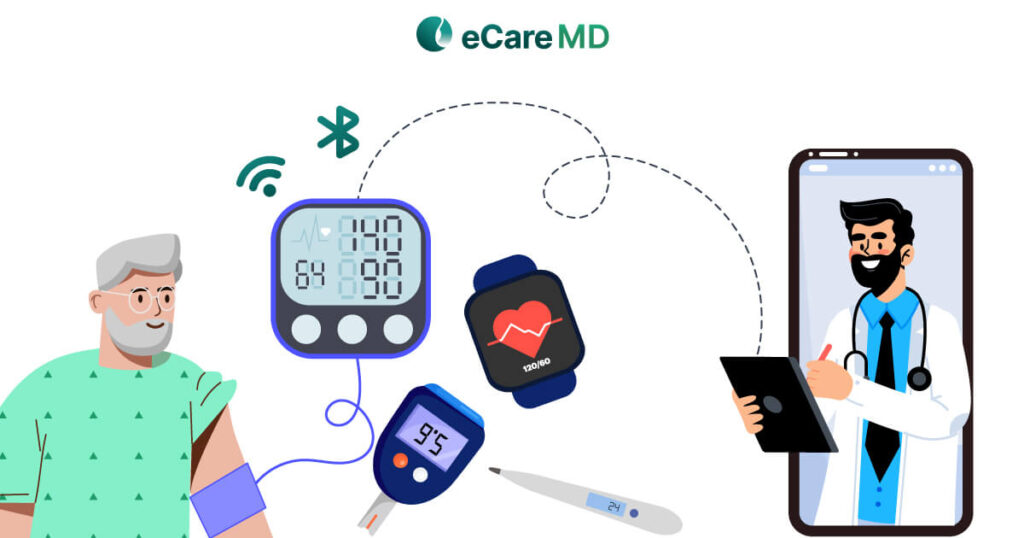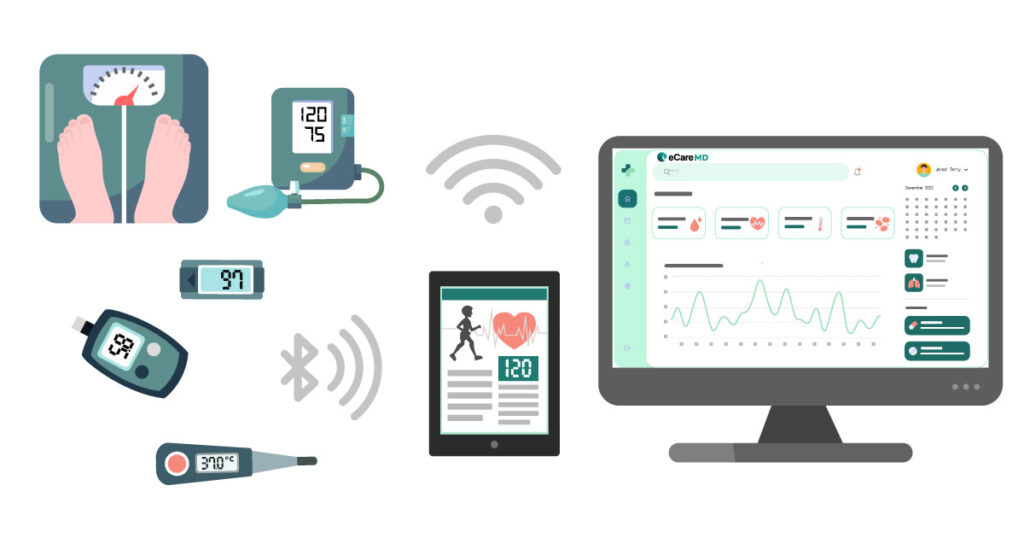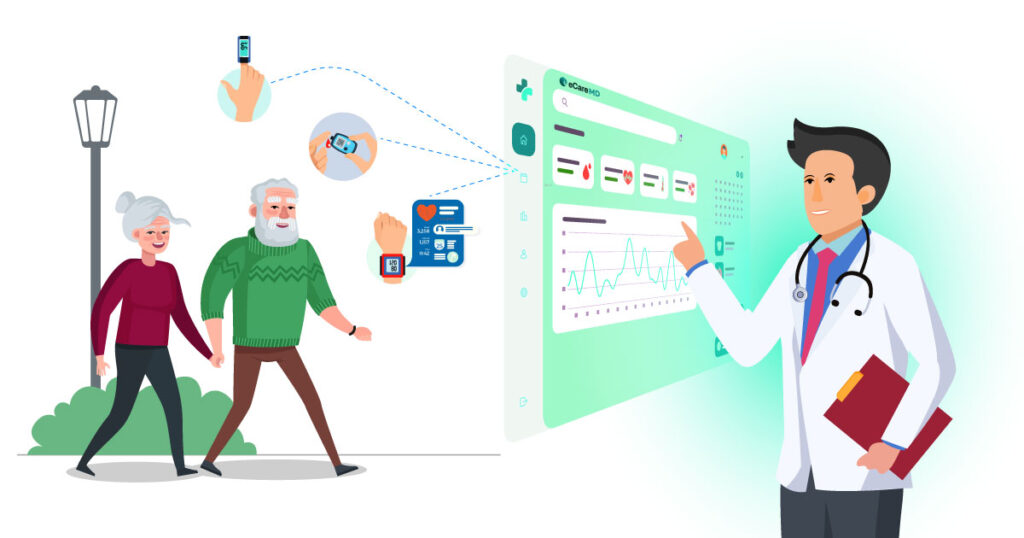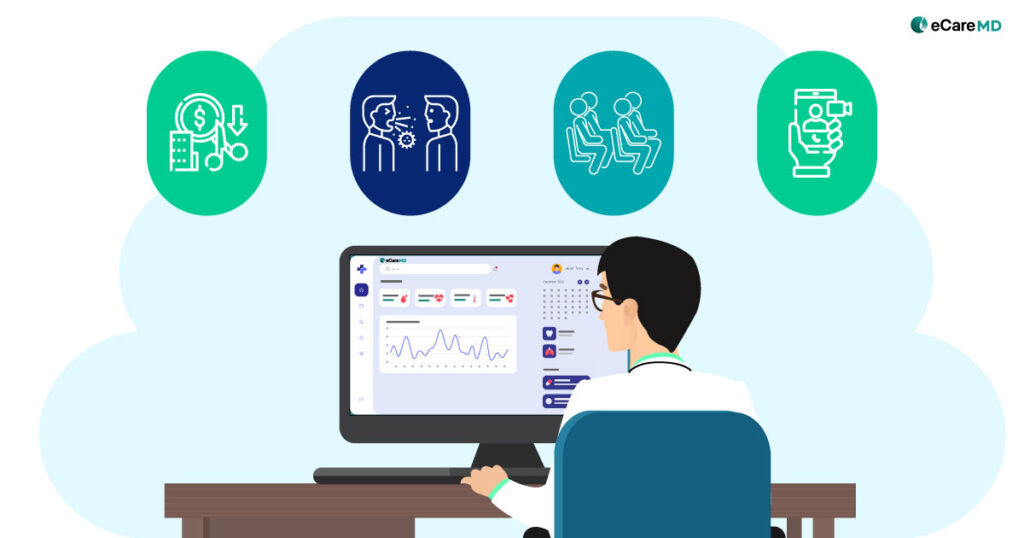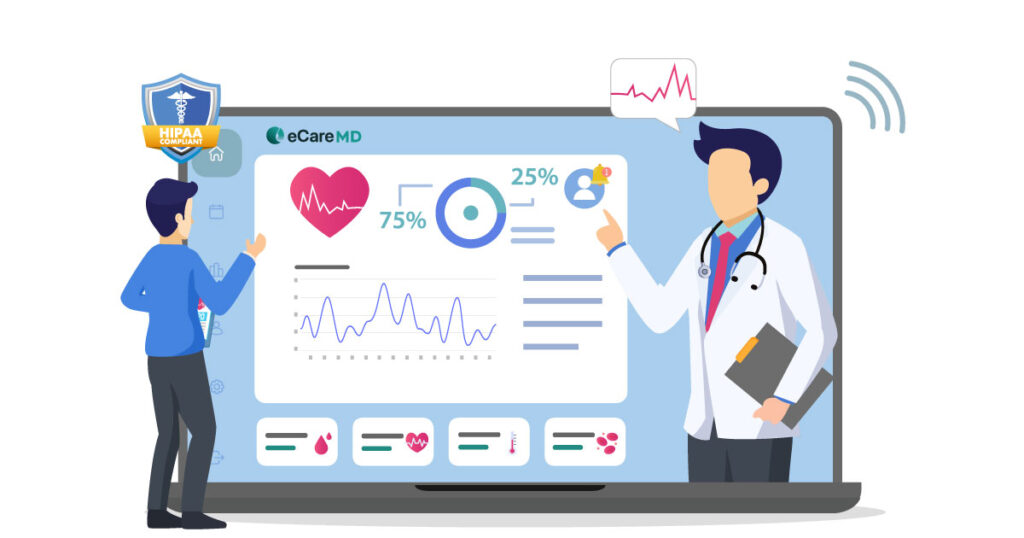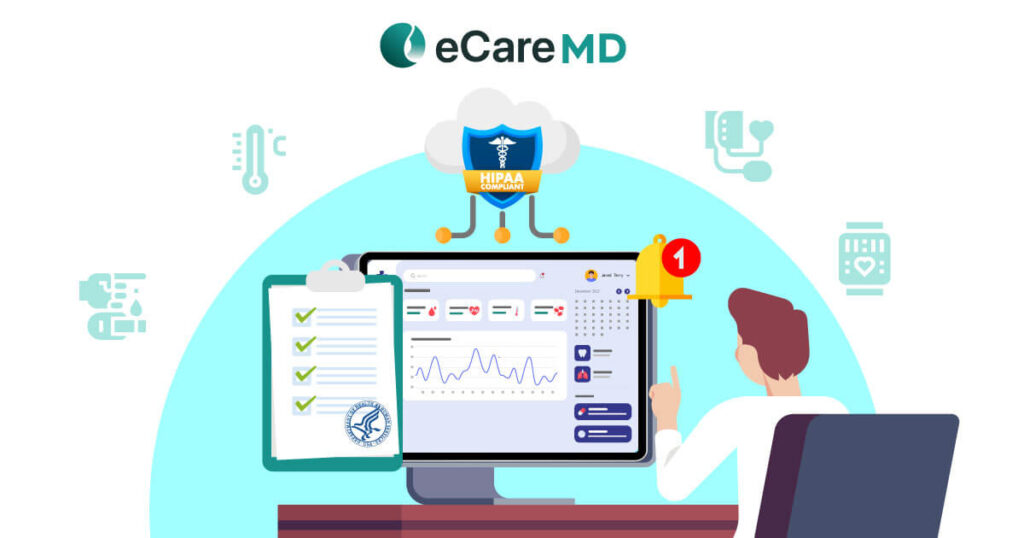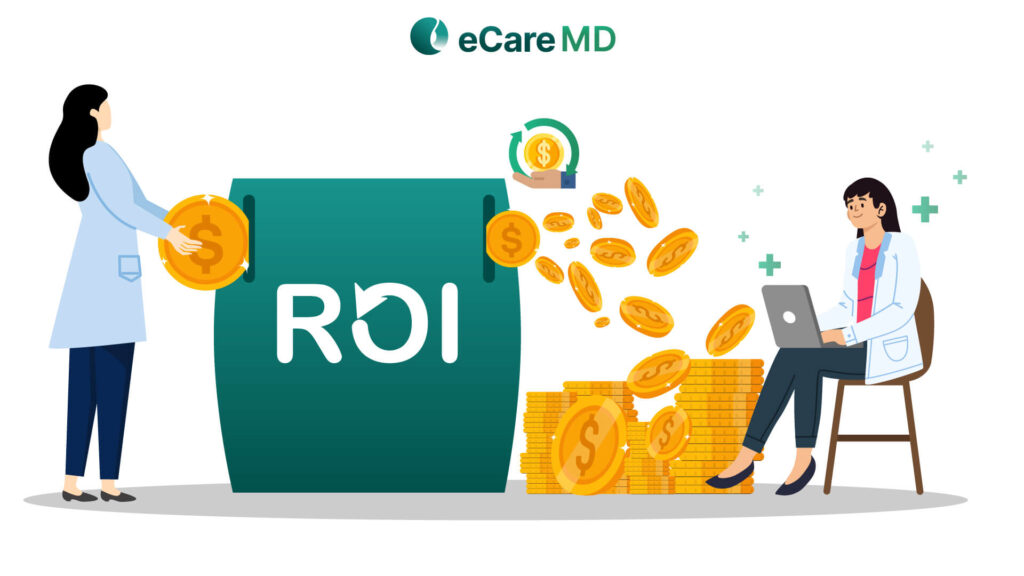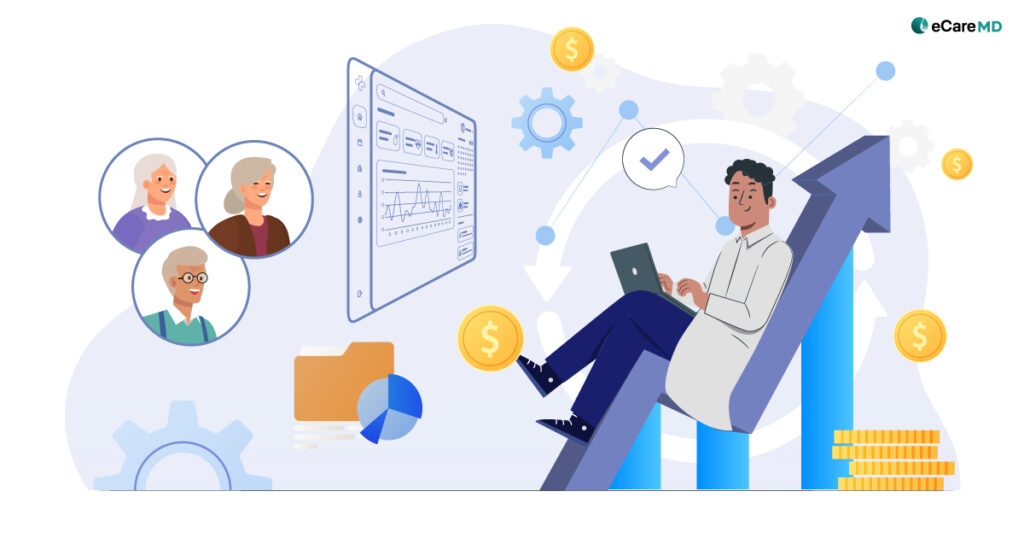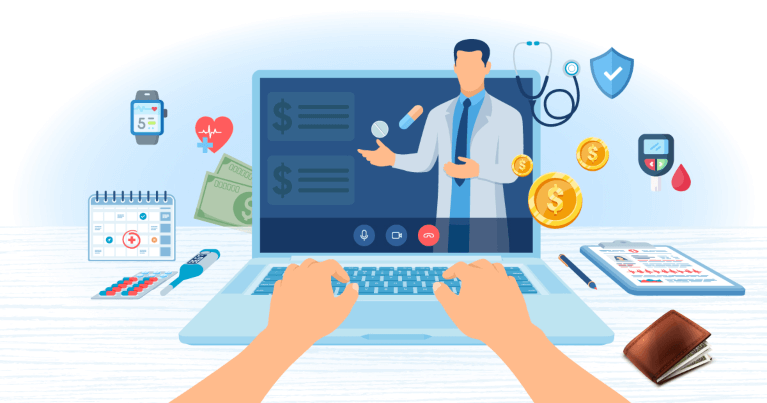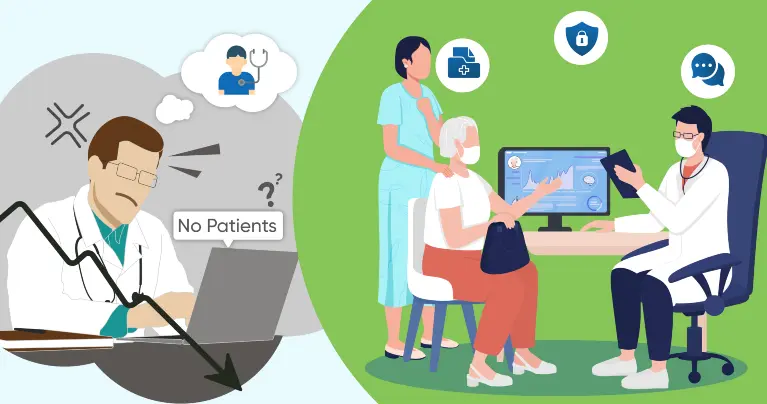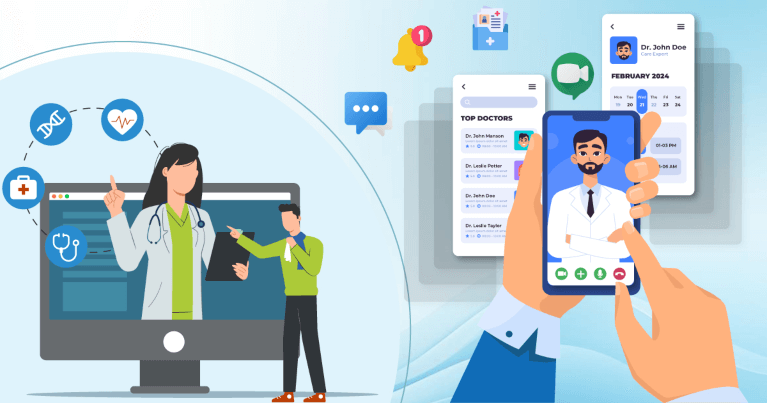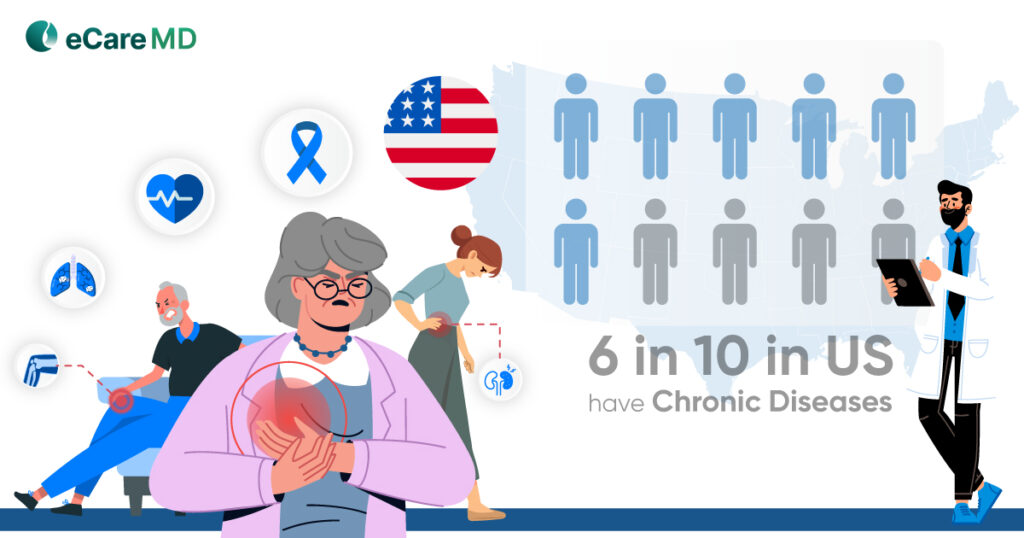Streamlining Patient Enrollment and Onboarding
With the PCM program, the first step is to find eligible patients and enroll them in the program. And for that, you need to look through the electronic health records (EHR) manually, which takes a lot of time. However, with the right principal care management software, you can automate the whole process and speed up the whole process of eligibility checking and verification.
Additionally, it makes the process of digital onboarding easier and simpler through user-friendly online platforms. It provides them with all the necessary forms and required documents, which makes it easier for patients as well as new providers to be brought on board.
Moreover, you can mold the enrollment process to meet the patient’s needs with the help of customizable workflow features. With this, you can easily customize workflows as per language, specific chronic conditions, and different levels of technical skills and knowledge. This ensures that no patient is left behind or feels left out.
Furthermore, seamless integration with the existing EHR systems makes it easy to avoid data duplication and ensures smooth data transfer. With this, you can get real-time patient updates and improve care team coordination.
Enhancing Care Plan Development and Management

No two patients are the same, and their needs differ, so you must develop every care plan from scratch. But, with template-based care plan creation, providers can easily customize the same template for different patients. Doing this, the care plan remains consistent and efficient with little effort.
In addition, real-time collaboration tools let care teams update and share care plans effortlessly. This makes it easy to upload and update reports for every care team member, be it a specialist or a nurse practitioner. This way, everyone stays on the same page, leading to improved coordination and reduced errors.
Furthermore, when integrated with evidence-based guidelines and protocols, creating care plans becomes much more precise and accurate. In addition, it makes sure that the treatment plan is made according to the patient’s needs, helping in improving the accuracy of care.
This is further boosted by the ability to track and monitor the progress of the care plan over time. Automated updates from wearable devices in EHR make adjusting the care plan and goals much more straightforward and accurate.
By leveraging all these features, managing and developing the care plan for multiple patients with various chronic conditions becomes easy. It allows the care team members to work smarter and improve patient outcomes tremendously, helping in growing principal care management practice.
Optimizing Patient Monitoring and Engagement
Keeping patients engaged and closely monitored is a significant challenge in the PCM or any other care management program. However, the right PCM software can solve this problem efficiently and effectively with the help of remote patient monitoring (RPM) capabilities. With the RPM, you can continuously monitor the patient and easily collect their required vitals. This provides you with real-time updates by tracking vitals, symptoms, and trends remotely. Leading to early intervention, reducing hospitalizations, and improving overall care outcomes.
Secure messaging and telehealth features enable providers to check in with patients, answer questions, and provide guidance without requiring an in-person visit. Automated alerts and notifications also play a vital role in patient care. They promptly notify providers, be it a sudden spike in blood pressure or a missed medication dose, enabling timely intervention. This level of proactive care keeps patients on track and prevents minor issues from escalating into serious health concerns.
Additionally, patient portals empower patients and provide easy access to their patient records and care plans. This helps build trust and improve patient engagement, and an informed patient gets more involved in the care journey.
Essential Patient Engagement Features in PCM Software
Download Free ChecklistImproving Data Analytics and Reporting
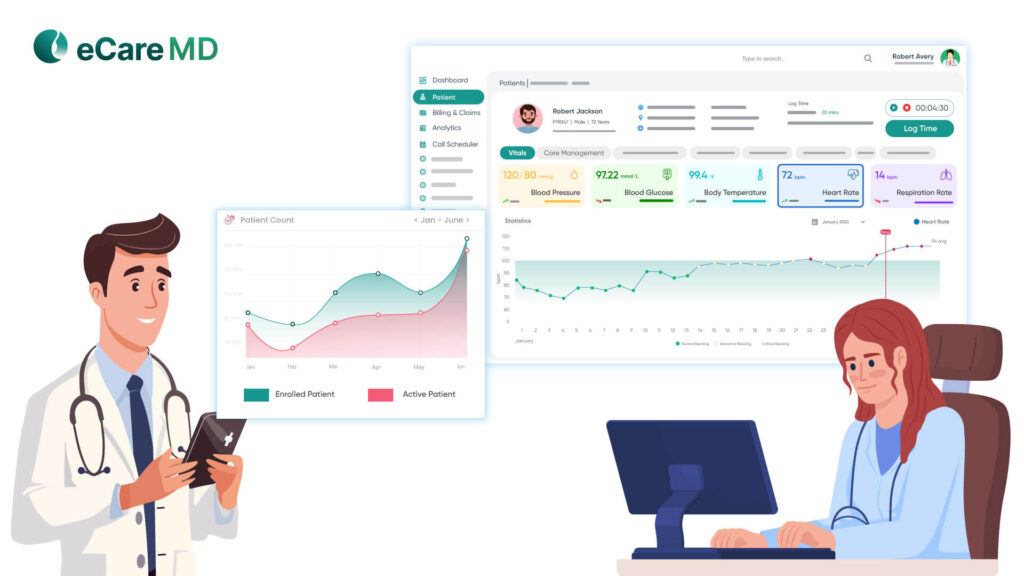
Effective care management isn’t just about providing support—it’s about tracking progress, identifying trends, and making informed decisions. With the right principal care management software, healthcare providers gain access to comprehensive dashboards that visualize patient outcomes and program performance in real-time. Instead of sifting through endless spreadsheets, teams can quickly spot patterns, monitor key health indicators, and ensure patients are receiving the care they need.
Apart from visualization, customizable reporting tools take data analysis to the next level. Providers can generate reports tailored to their specific needs—whether it’s tracking patient adherence, assessing intervention effectiveness, or measuring program efficiency. These insights empower healthcare teams to fine-tune their care management strategies, ensuring resources are used effectively and patient outcomes continue to improve.
A data-driven approach not only benefits your internal team but also enhances collaboration with stakeholders. The ability to export and share reports with physicians, administrators, and payers ensures transparency and alignment across the care continuum. With better reporting and analytics, healthcare organizations can continuously optimize their PCM programs, leading to better patient care, reduced costs, and improved operational efficiency.
Ensuring Compliance and Security
Patient data contains sensitive information on patients’ social, personal, and health, so keeping it safe and private is essential. The right PCM software takes care of patient data safety with HIPAA-compliant data storage, which makes it ideal for data storage. Moreover, with the help of data encryption, data sharing from provider to provider becomes safe; it even protects the data when at rest in your servers.
Furthermore, the software implements role-based access control to limit the spread of patient information. This makes sure that only authorized departments can access the specific patient data. For example, patients’ heart-related data can be accessed only by the cardiac department and related specialists.
The software helps you keep regular audit trails to track the activity of the providers and ensure that the data is used correctly. With the auditing, it becomes easy to know who used the data or if anyone unauthorized tried to access the data. This ensures that you have complete records and accountability for the data.
Along with this, regular security updates in the PCM software keep it up-to-date with the advancing cyber threats. These security patches help you to be compliant with the continuously changing rules and regulations and keep the data safe and secure.
Scalability and Integration Capabilities

With the increasing patient volume comes an increasing load of patient data on your system and servers. But, with the PCM software and cloud-based storage, you can overcome this challenge quickly, as the cloud storage can be expanded as your patient population grows. So, the need to buy expensive data storage again and again gets eliminated and saves you a lot of money.
Moreover, along with the principal care management software scalability, it brings accessibility, as with cloud storage, where patients and providers can access it anytime, anywhere. It brings ease in care delivery and care receiving by making the data available on any secure device.
Additionally, API (Application Programming Interface) integrations connect all existing systems, like EHR, RCM, etc, with the PCM software. This reduces data isolation and duplication and makes data flow smoother between the various systems, leading to quicker care delivery. The PCM software also has the capability to handle the increased patient volume with its cloud-based architecture. It can quickly adjust to the required data storage and efficiently manage the rapidly growing data.
It also offers various deployment options, including on-premise, cloud-based, and hybrid, with different scalability potential. Each option has its own advantages and disadvantages that make them different; you can choose the option that fits your needs and budget.
For instance, on-premise software runs on healthcare organizations’ infrastructure and servers, giving them complete control, but it has a high initial cost. Like this, the other two options also have their pros and cons, so you need to compare and study each option before deciding which one suits your needs.
Conclusion
Scalability has been a challenge for every healthcare provider, but with proper tools and features, it can be solved quite easily. Here, PCM is no exception; despite being a new program, it is growing popular and rapidly growing along with the providers.
So, using the right PCM software has become a necessity for every healthcare organization to keep up with the increasing patient population. Additionally, you need to choose a software solution that fits your specific practice needs and look for features that can scale with you.
If you want to scale your practice and grow with the right PCM software, then you need to look for the right software vendor. And with us, you get the best of the best. Know for yourself by connecting with us, and let’s grow your healthcare practice together!
Frequently Asked Question’s
PCM software integrates data from wearable devices and health apps by using secure APIs and Bluetooth connectivity to collect real-time health metrics like heart rate, activity levels, and glucose levels. It processes and organizes this data, making it easily accessible for healthcare providers to monitor patient health and adjust care plans.

